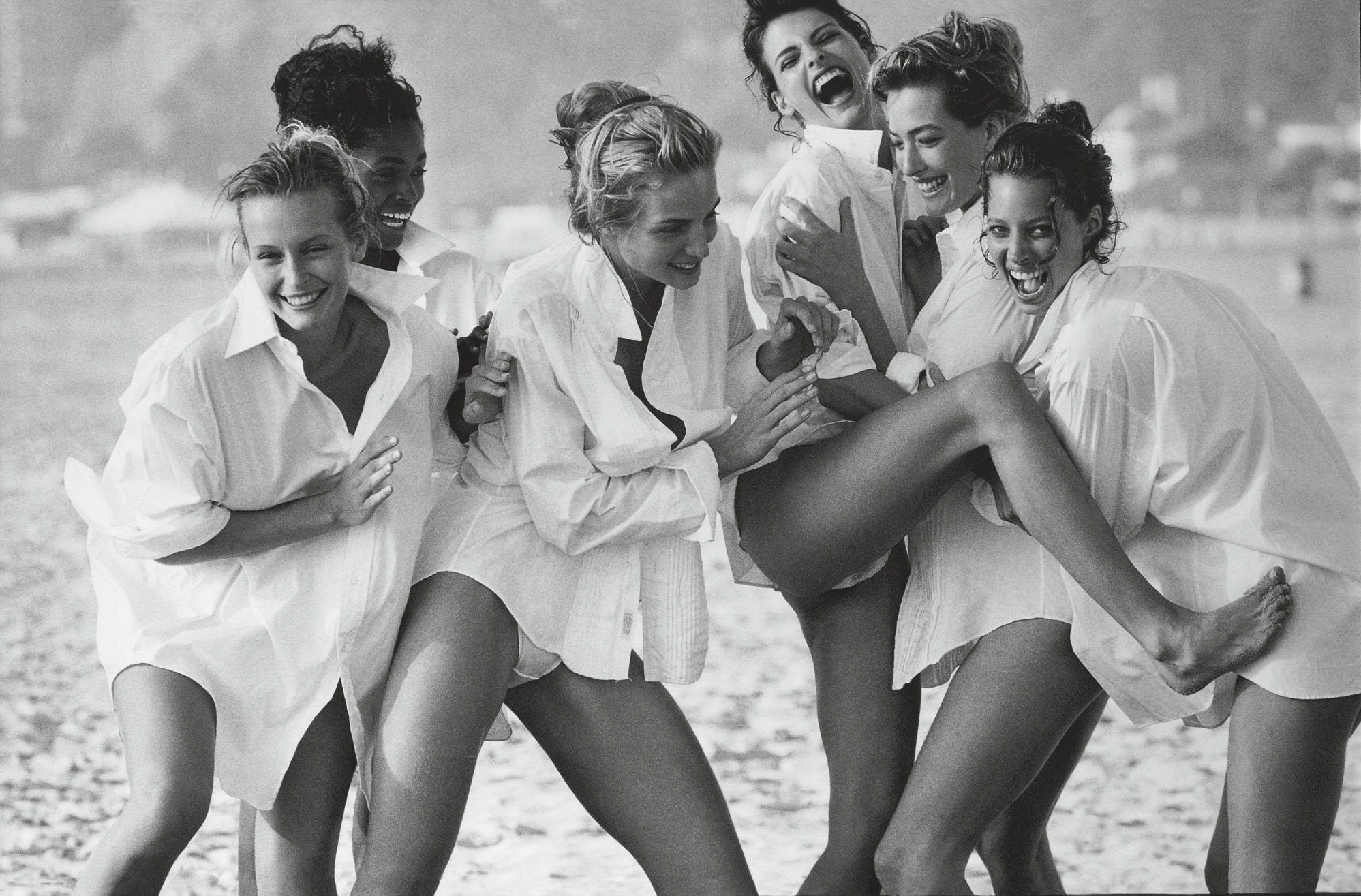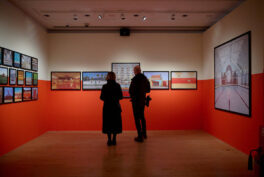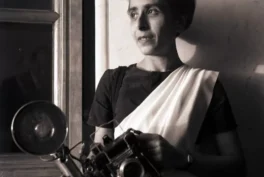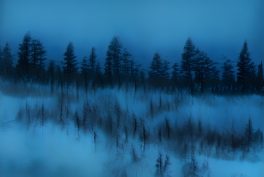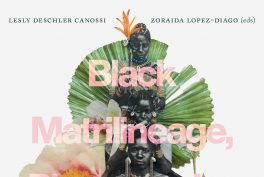Summary
- Edward Steichen – pioneer of fashion photography.
- George Hoyningen-Huene – haute couture and Hollywood stars.
- Norman Parkinson – taking fashion photography outdoors.
- Cecil Beaton – from Vogue to British Royal Family.
- Horst P. Horst – avant-garde master of light and composition.
- Lee Miller – Surrealism and fashion in the times of war.
- Irving Penn – revolutionary form and intimacy.
- Richard Avedon – defining post-war American visual culture.
- Guy Bourdin – breaking conventions of fashion photography.
- Helmut Newton – bold lighting, overt sexuality, and S/M.
- David Bailey – fashion icon depicted in Antonioni’s Blowup.
- Steven Meisel – radiating feminine beauty, top models, and Madonna.
- Patrick Demarchelier – timelessly classic fashion photography.
- Peter Lindbergh – unparalleled natural feeling of black-and-white photographs.
- Mario Testino – contemporary nonchalant style.
1. Edward Steichen
Although Baron Adolphe De Meyer is considered historically to be one of the first fashion photographers, Edward Steichen is considered one of the pioneers of modern fashion photography and one of the most important contributors to the history of 20th-century photography. Beginning as a key member of the Pictorialist movement and the Photo-Secession in the early 1900s, he moved on to become an innovator in both Modernism and fashion photography.
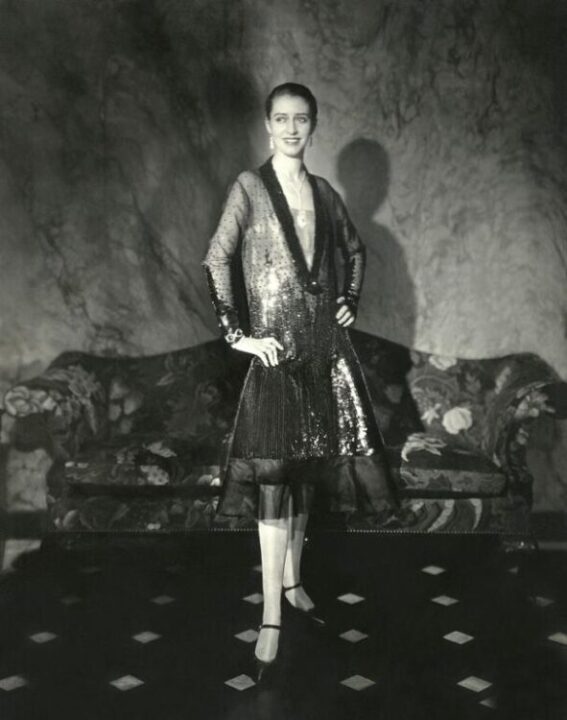
Edward Steichen, Marion Morehouse, 1927. Conde Nast Store.
His photographs reflected the ease of movement and delicacy of the garments that dominated the designs and styles of the 1920s and 1930s fashion. In order to promote fashion as art through photography, Steichen produced a series of photographs of ball gowns designed by famous French couturier, Paul Poiret. He also created numerous fashion and celebrity portraits for both Vogue and Vanity Fair.
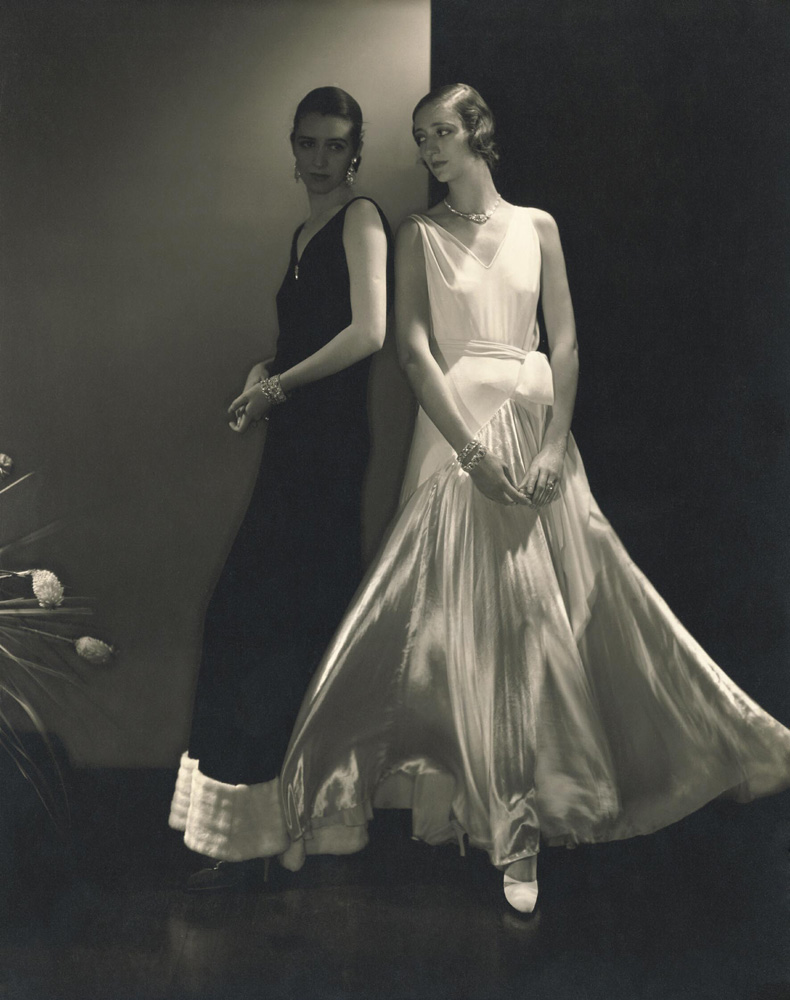
Edward Steichen, Model Marion Morehouse, and another model wearing dresses by Madeleine Vionnet, 1930, New York, NY, USA. International Center of Photography.
His compositions always highlighted the model and their dress, using the background and elaborate sets to enhance the glamour and elegance of the works. Steichen’s technical capabilities, and mastery of light, in particular, revolutionized fashion photography.
2. George Hoyningen-Huene
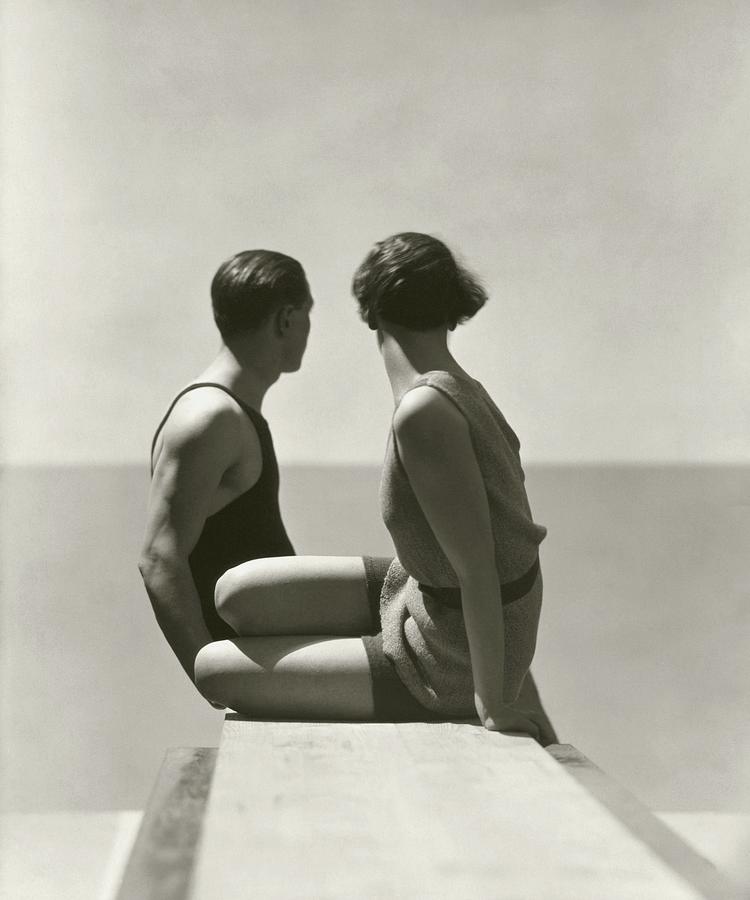
George Hoyningen-Huene, The Divers, 1930. Conde Nast Store.
When asked to choose her favorite Vogue photographs from the magazine’s long history, editor Anna Wintour included Huene’s Divers (1930), alongside images by other fashion photographers Edward Steichen, Horst P. Horst, Lee Miller, Irving Penn, and Cecil Beaton.
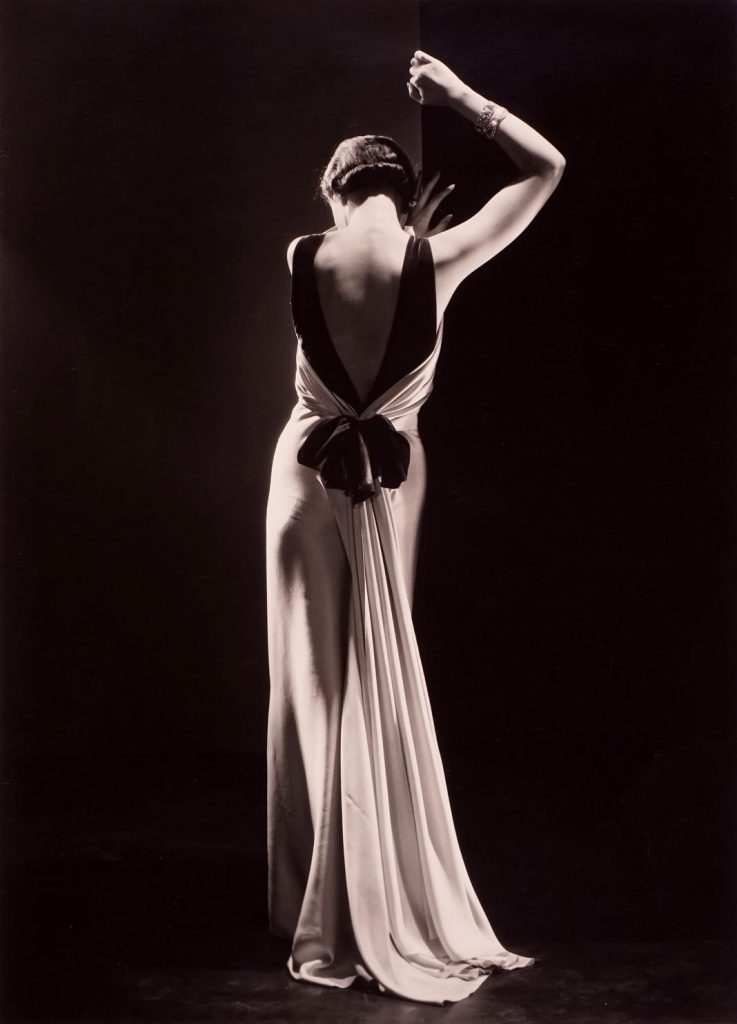
George Hoyningen-Huene, Toto Koopman wearing Augustabernard for Vogue, 1933. Peter Fetterman Gallery.
In his 20s, George Hoyningen-Huene moved to Paris, where he met Man Ray (Emmanuel Radnitzky), with whom he collaborated in 1924 to create a portfolio of fashion photographs. Huene’s circle also included Salvador Dalí, Coco Chanel as well as Pablo Picasso, and the Surrealists Paul Éluard and Jean Cocteau. He was one of the first to capture the style of the haute couture fashion houses of Paris, including Chanel, Balenciaga, and the jeweler Cartier, and he quickly rose to the position of Chief Photographer at Condé Nast’s French Vogue.
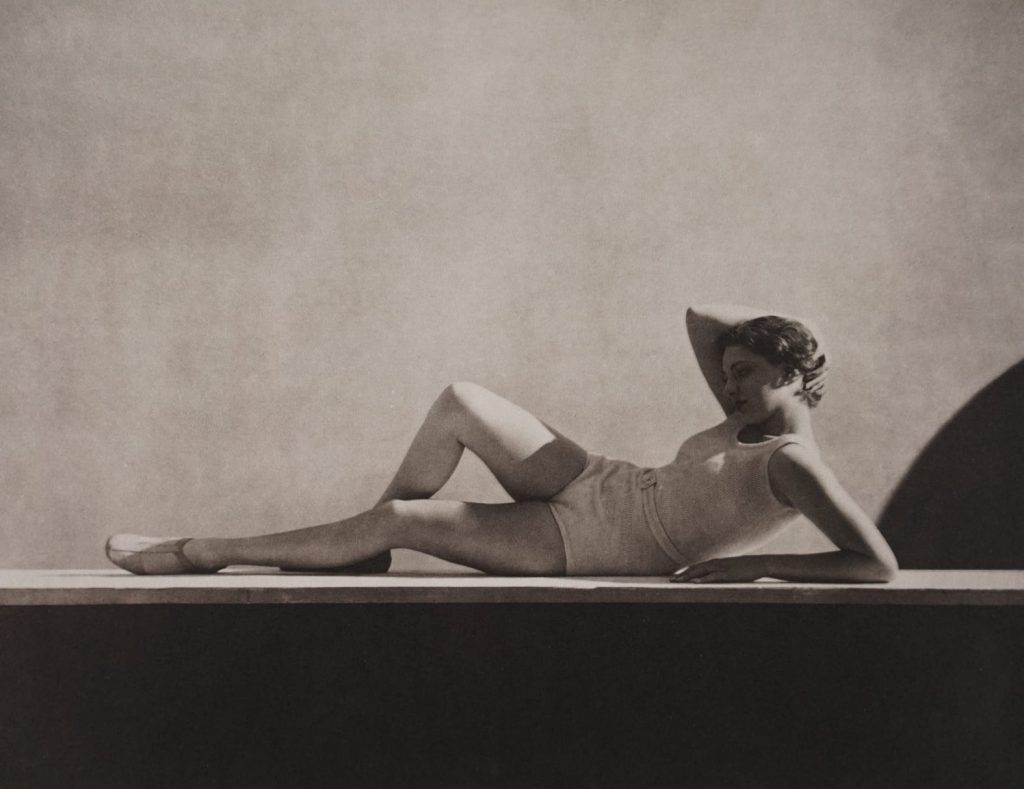
George Hoyningen-Huene, Agnetta Fischer, Swimwear by Schiaparelli, 1930. Peter Fetterman Gallery.
In 1946, he worked in Hollywood. Huene’s portraits of the film stars of that era such as Ingrid Bergman, Charlie Chaplin, Greta Garbo, Ava Gardner, and Katharine Hepburn, are some of the most enduring images of the Golden Age of Hollywood.
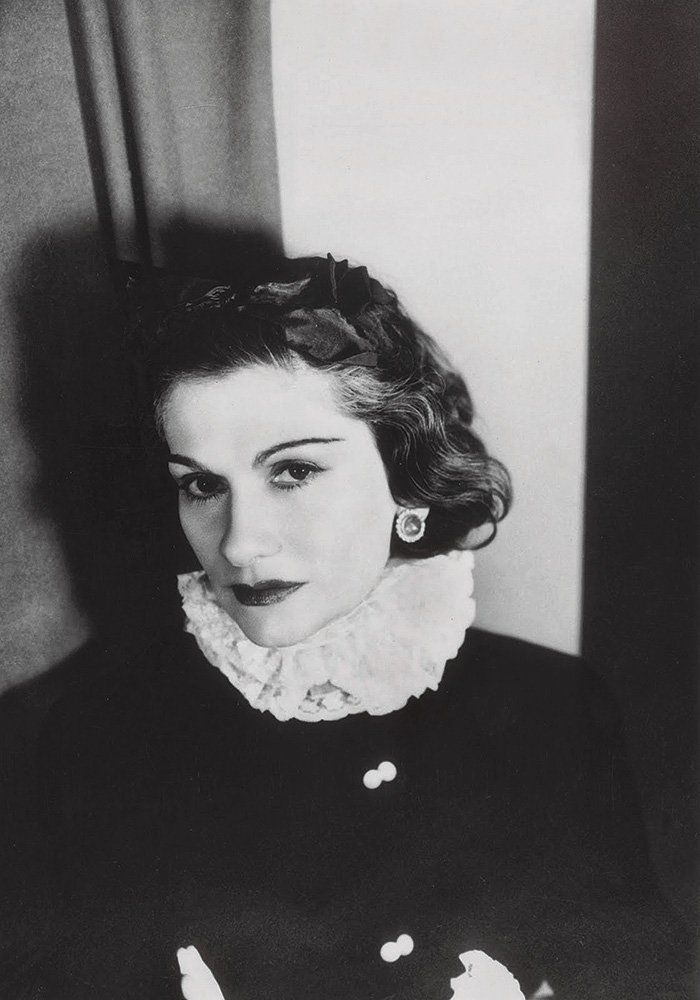
George Hoyningen-Huene, Coco Chanel, 1939. Artist’s website.
George Hoyningen-Huene through his unmatched talent for balancing color, form, light, shadow, and the pared-back look of his images was responsible for shaping the look and style of the 1930s and beyond. He was also one of the first fashion photographers to use male models in photoshoots and many of his timeless photographic masterpieces are in the collections of the world’s leading museums, including MoMA in New York.
3. Norman Parkinson
Norman Parkinson is “the most unknown of famous fashion photographers,” as he liked to describe himself. Little known in France, this British photographer revolutionized fashion photography in the 1950s to 1970s by taking fashion photography outdoors in contrast to the studio shoots of contemporary fashion photographers. Models, rather than being posed as simple clothes hangers for fashion pieces, are active, sensual, and magnified by spectacular scenery.
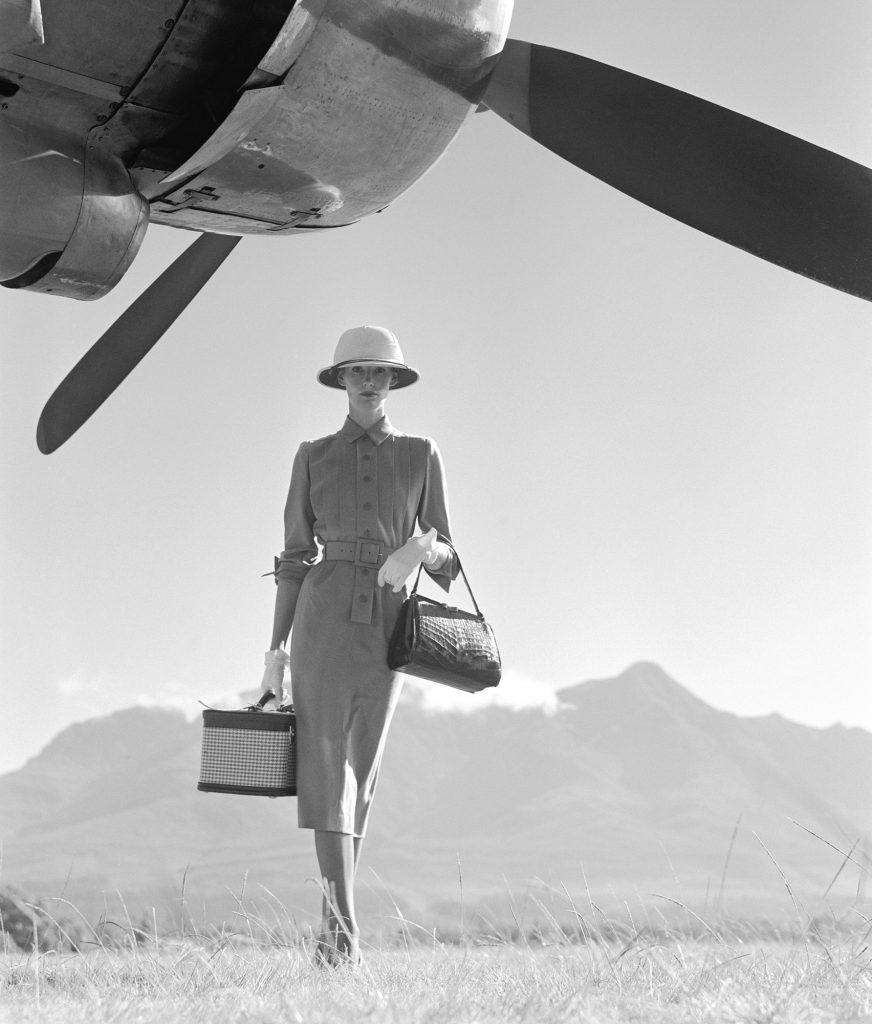
Norman Parkinson, The Art of Travel, 1951, Sotheby’s.
Parkinson took the portrait and fashion photography beyond the stiff formality of his predecessors and injected an easy and casual elegance into the art. His photographs created the age of the supermodel and made him the photographer of choice for celebrities, artists, presidents, and prime ministers.
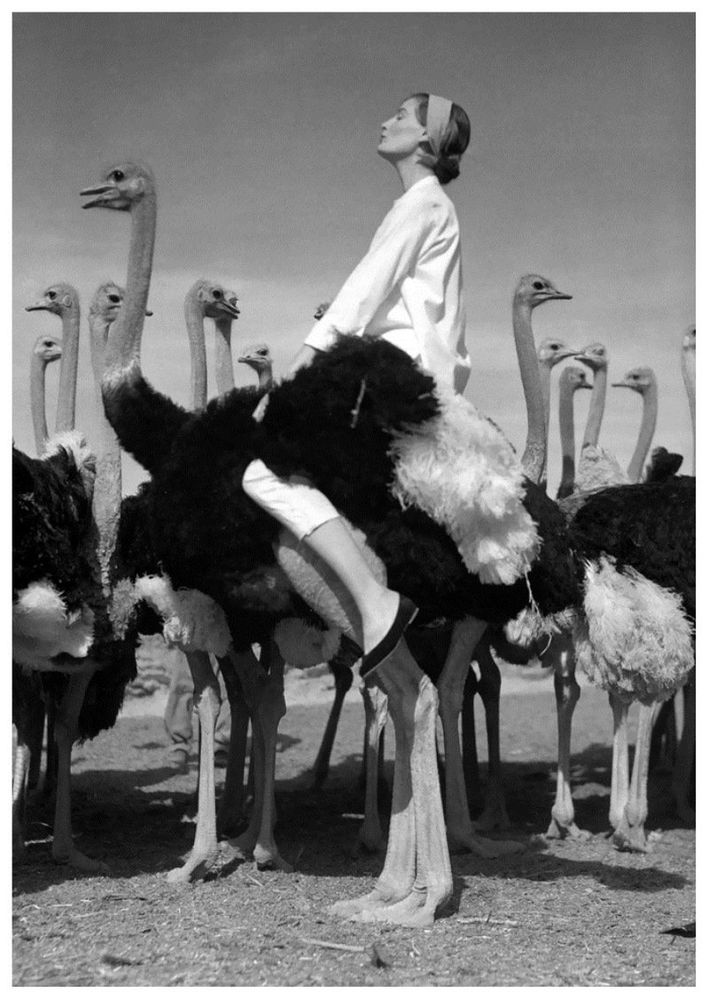
Norman Parkinson, Wenda and ostriches, 1951. Livemaster.
He was a permanent fixture at historic moments photographing the British Royal Family, in private and public, as well as leading figures from the worlds of film, theatre, and music such as Audrey Hepburn, The Beatles, Twiggy, Grace Coddington, David Bowie, Iman, Jerry Hall, and countless others.
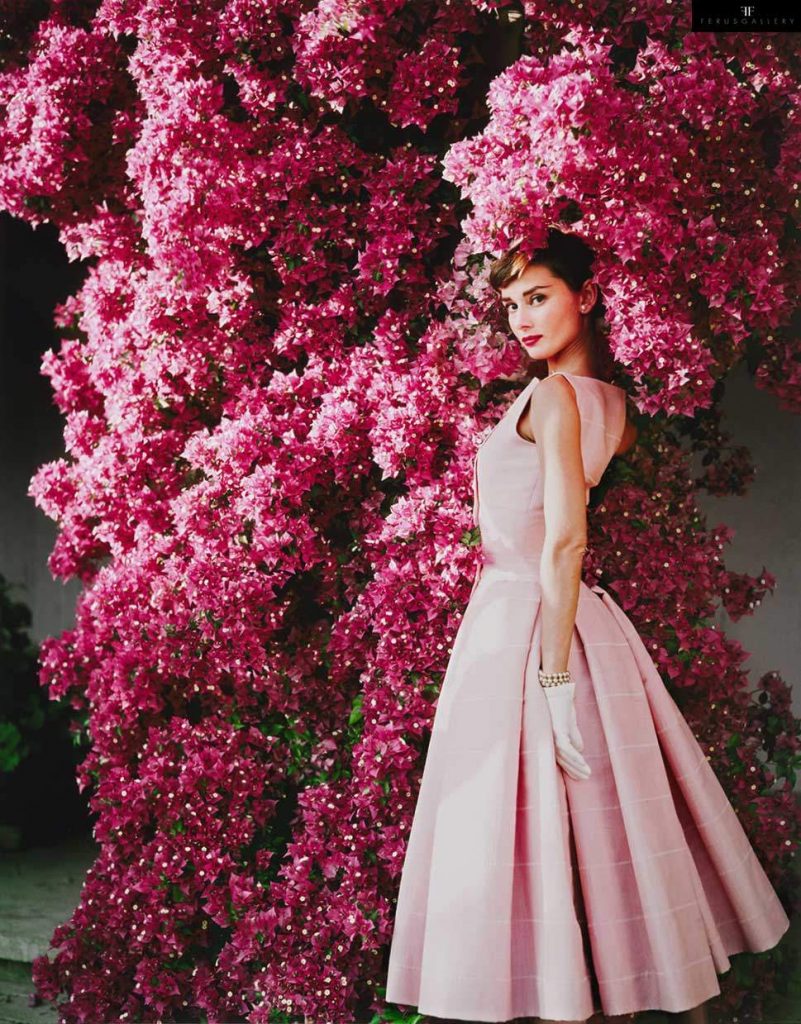
Norman Parkinson, Audrey Hepburn wearing a Givenchy afternoon cocktail dress, Italy, 1955. Ferus Gallery.
Parkinson’s work regularly appeared in magazines such as Harper’s Bazaar and Vogue, earning a reputation for finely produced images that combined elegance with British charm.
4. Cecil Beaton
Sir Cecil Beaton launched his career as one of society and fashion photographers in 1926 with a solo exhibition in London that won him an immediate contract with Vogue, where he worked for the next 30 years.
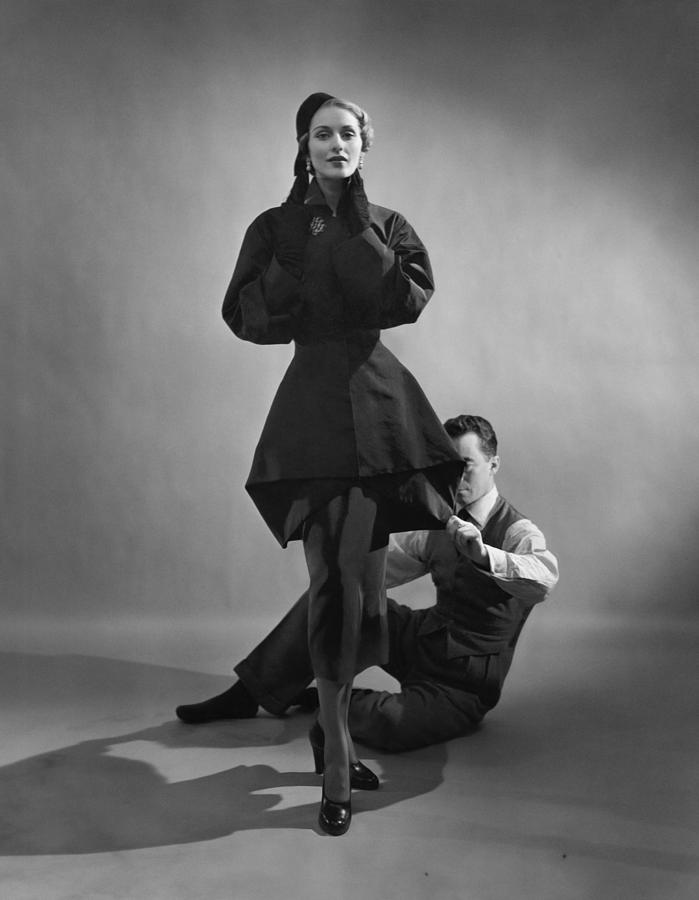
Cecil Beaton, Charles James with a model, 1948. Vogue.
Beaton’s fascination with glamour and high society prevailed throughout his life and, in 1937, he became a court photographer for the British Royal Family. He also became a successful set and costume designer for stage and film productions, most notably My Fair Lady (1956) and Gigi (1958) for which he won three Oscars for costume and art direction.
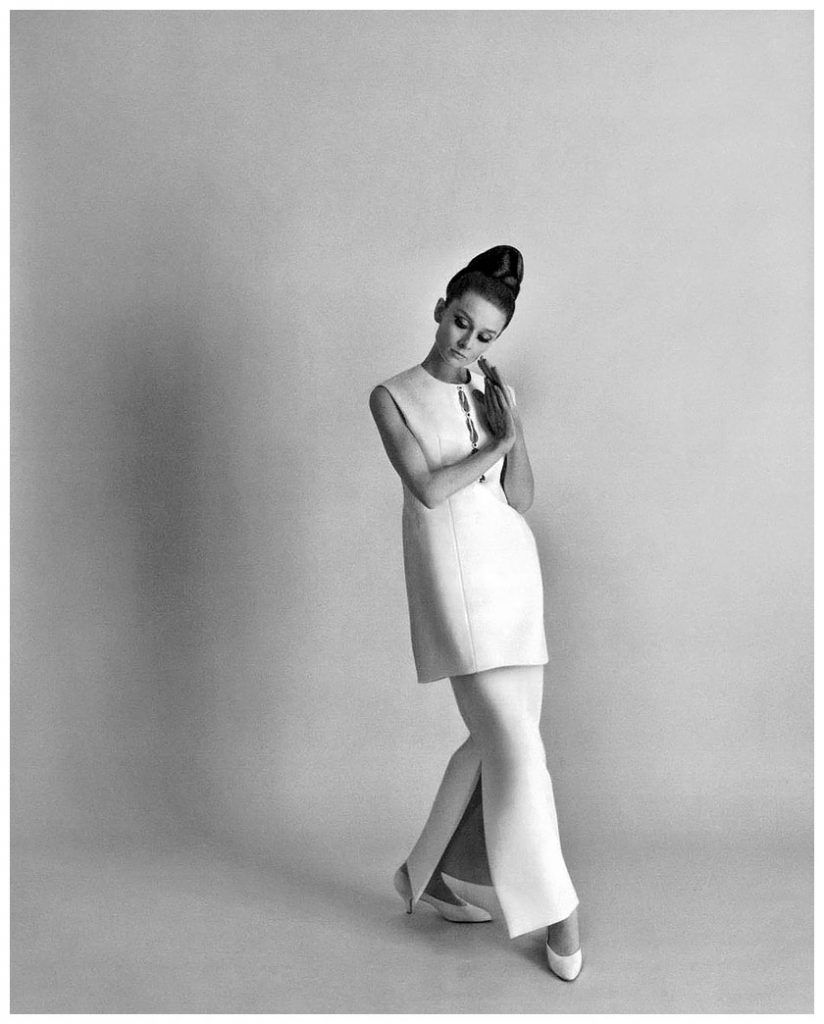
Cecil Beaton, Audrey Hepburn in a fashion editorial for American Vogue, edition of June 1964. Pleasure Photo Room.
Be daring, be different, be impractical, be anything that will assert integrity of purpose and imaginative vision against the play-it-safers, the creatures of the commonplace, the slaves of the ordinary.
Theatre Arts, May 1957.
5. Horst P. Horst
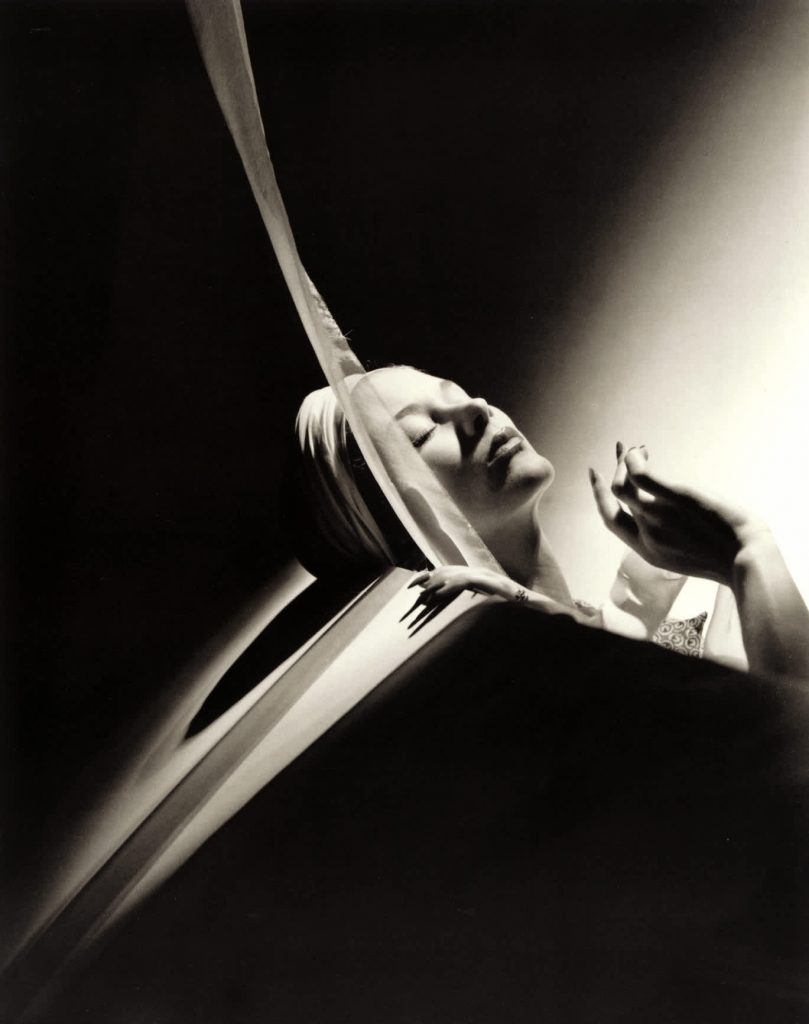
Horst P. Horst, Lisa with Turban, Paris, 1939. Jackson Fine Art.
One of the German fashion photographers Horst P. Horst was a master of light and composition and his experimentations with radical and Surrealist compositions, as well as avant-garde techniques such as double exposures, produced some of the most iconic fashion images ever.
During his career, Horst was introduced to many artists, including fashion photographers Cecil Beaton and Hoyningen-Huene in addition to Coco Chanel. By the mid-1930s, Horst had superseded his mentor Hoyningen-Huene as French Vogue’s primary photographer. His images frequently appeared in the French, British, and American editions of the magazine.
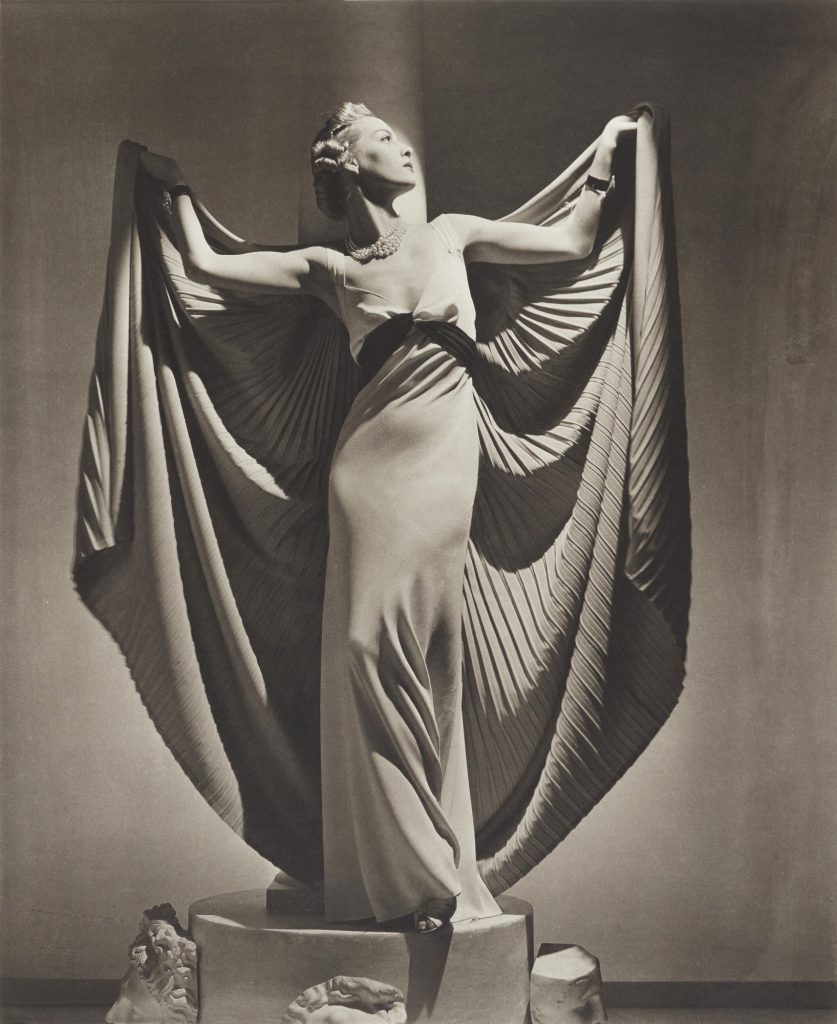
Horst P. Horst, Helen Bennett, Paris, 1936. Sotheby’s.
In the 1930s, Horst experimented with Surrealism by photographing the surreal dress designs of his friend Elsa Schiaparelli and began his working relationship with Salvador Dalí.
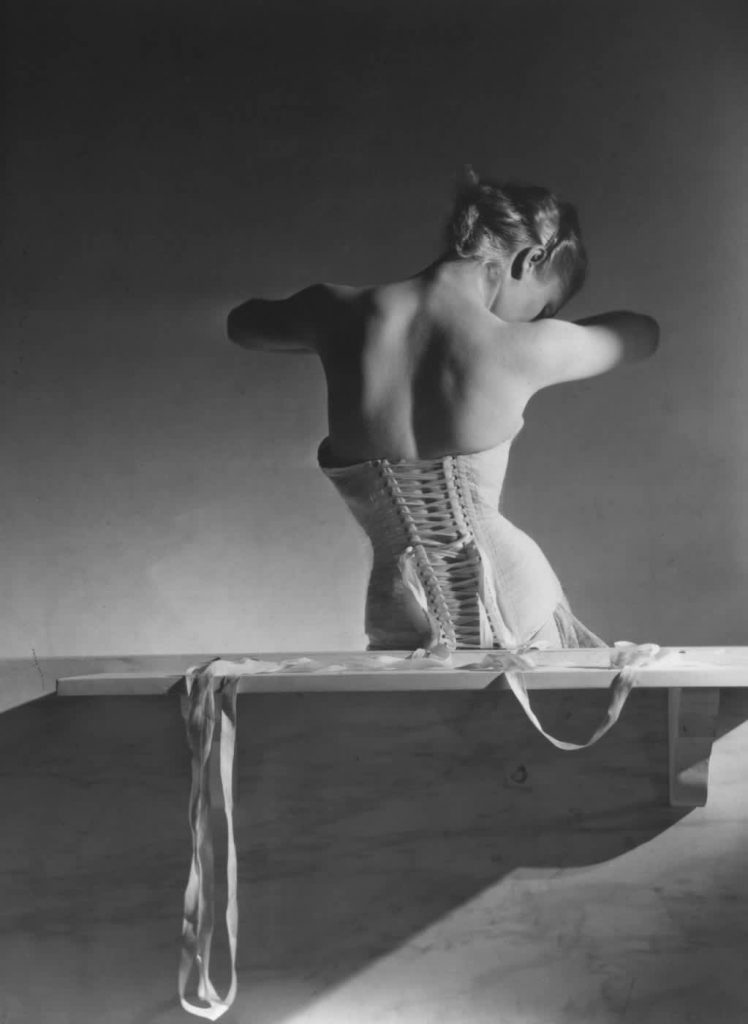
Horst P. Horst, Mainbocher Corset, Paris, 1939, Victoria and Albert Museum, London, UK.
Horst’s most iconic photograph is Mainbocher Corset, taken in 1939 at Vogue studios in Paris on the eve of World War II. Indeed, Horst left France the next morning to escape the impending conflict and emigrated to the United States, where he started work for American Vogue, for which he would work for the rest of his life.
6. Lee Miller
Attention please, finally we have a lady! Muse, Surrealist, pioneering photographer, and WWII correspondent for Vogue, Lee Miller was also one of the 20th century’s most important fashion photographers. Her fashion self-portraits, in which she was simultaneously a model and photographer, are unique in the history of fashion photography. Only a few short years after she picked up the camera for the first time, Vanity Fair would declare her one of the “most distinguished living photographers.”
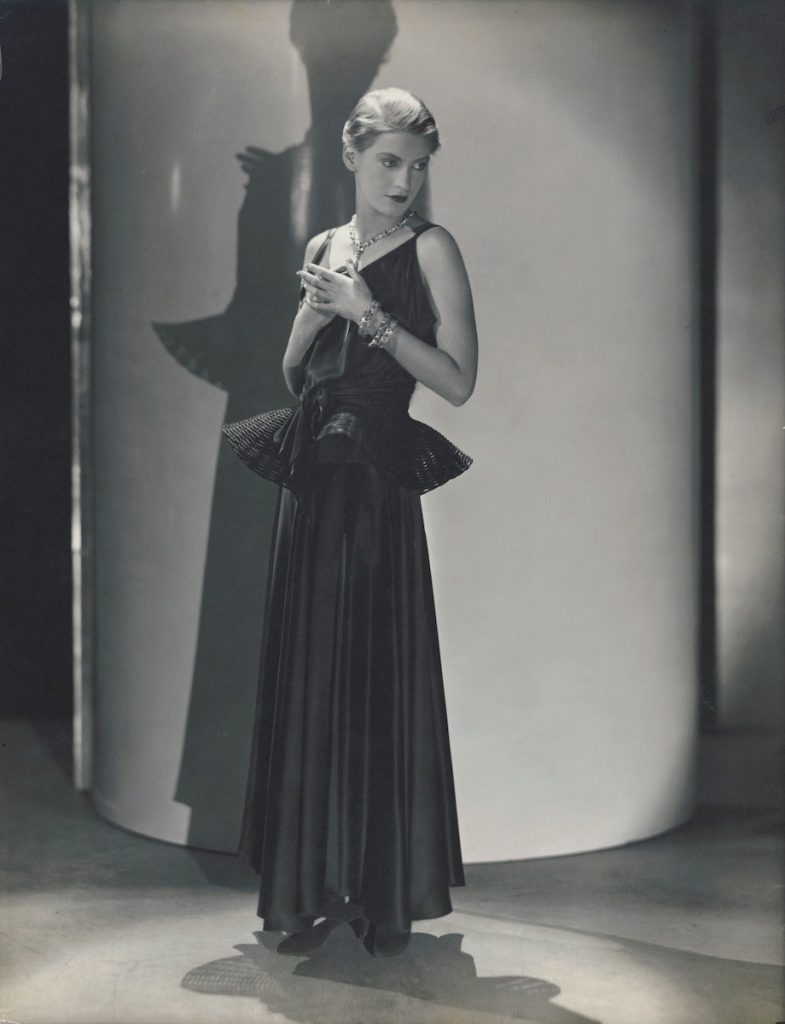
George Hoyningen-Huene, Lee Miller, Vogue, May 1931. Vogue.
Miller became a celebrated Surrealist under the tutelage of her lover, Man Ray, and then joined the war effort during World War II, documenting everything.
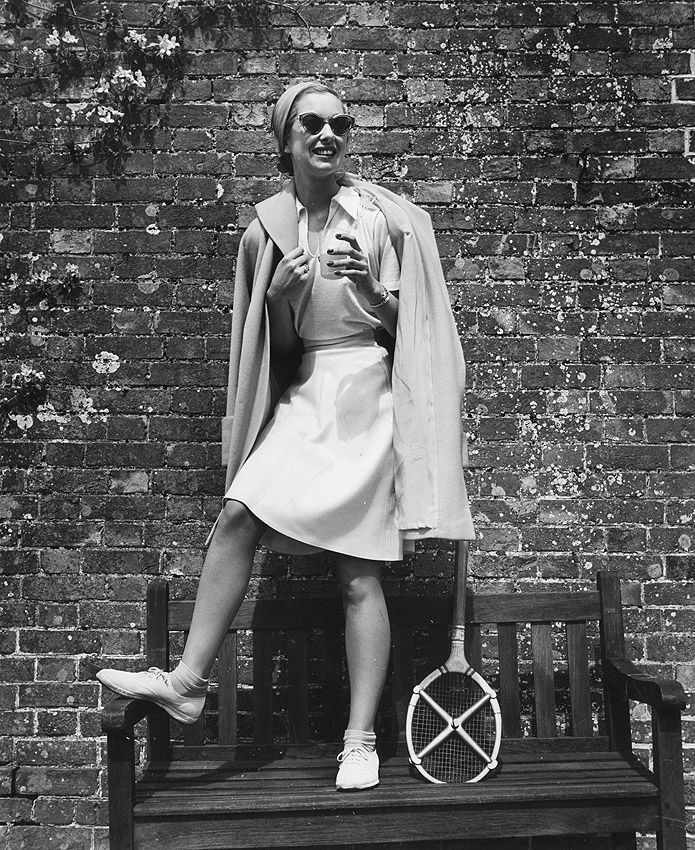
Lee Miller, A model wearing a tennis outfit, 1950. Getty Images.
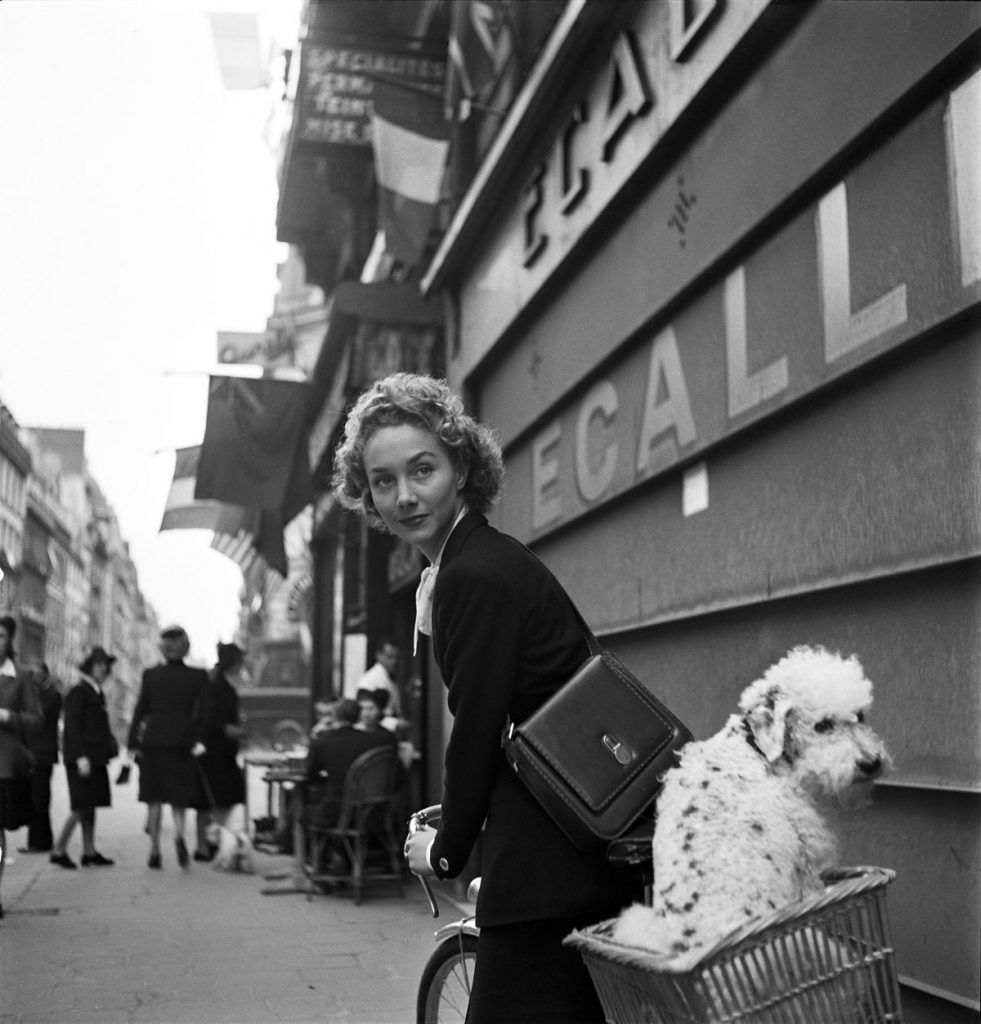
Lee Miller, Leaving the Pierre et Rene hairdresser, poodle travels in a bicycle basket, Paris, 1944. The Eye of Photography.
The world of fashion emerges as the backbone of Miller’s creative development, as well as an integral lens through which to understand the effects of war on the lives of women in the 1940s and 1950s. Miller witnessed incredible acts of resistance born out of fashion and her photographic record of women’s indomitable spirit, even in times of war, has remained an invaluable resource in fashion and global history.
7. Irving Penn
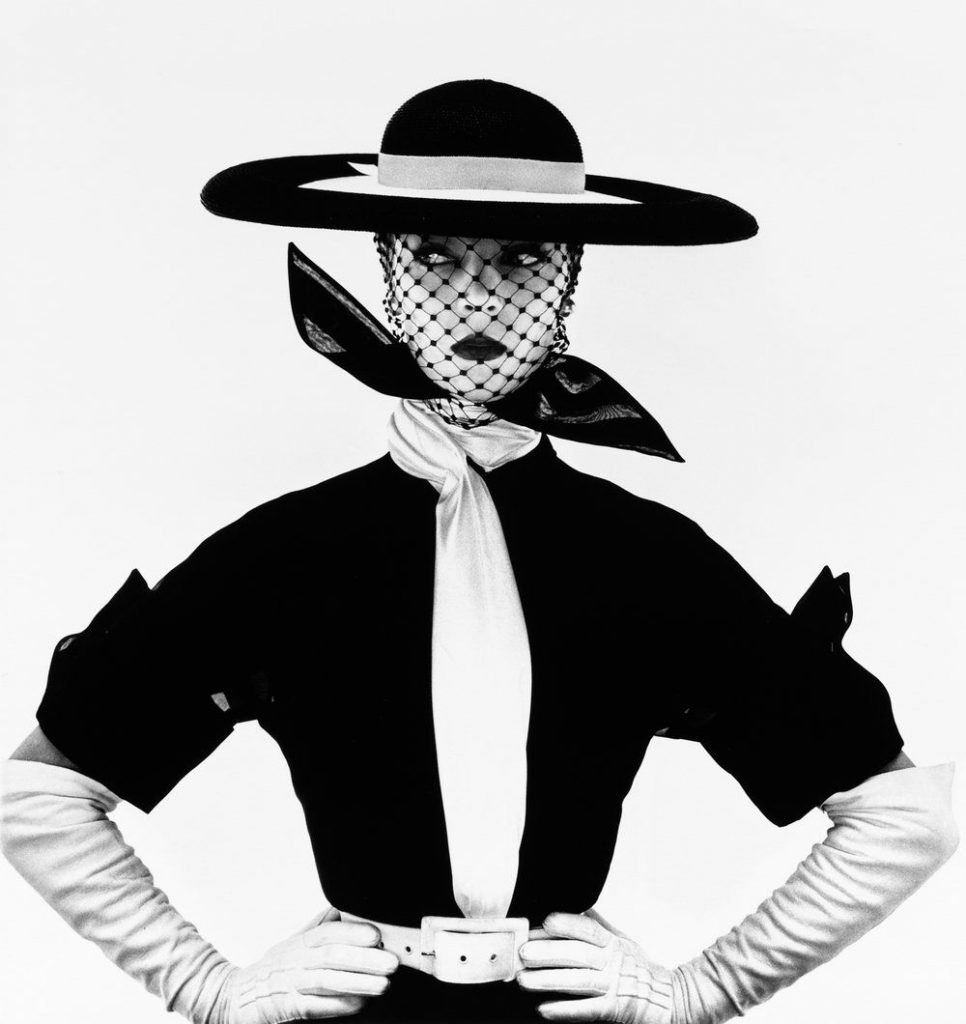
Irving Penn, Black and White Vogue Cover (Jean Patchett), New York, 1950. Pinterest.
Irving Penn revolutionized American fashion photography after World War II by joining the team of Vogue magazine shortly before the 1950s. In the 1940s, using white paper backdrops and striking compositions to emphasize form, he introduced a concise style to fashion photography that departed from the ornate settings which previously defined the genre.

Irving Penn, Harlequin Dress (Lisa Fonssagrives-Penn), New York, 1950, Art Institute of Chicago, IL, USA.
The fashion photographer only shot in studios, with no other props or backgrounds other than the outfit he had to show off. He photographed the biggest names in the fashion and art world including Yves Saint Laurent, Picasso, Woody Allen, and many others. The secret to his success was his ability to portray a sense of real intimacy with the model through his portraits.
In addition to photographs made in the studio from 1950 to 1995, Penn often traveled to Paris to photograph the haute couture collections for the magazine. Until the end of his life, Penn used the same theater curtain found for him in Paris in 1950 as a backdrop to transform a remarkable variety of styles and designs into timeless images.
8. Richard Avedon
Richard Avedon was one of the most influential fashion photographers of the post-war era, and his enduring images helped to define America’s image of style, beauty, and culture for the second half of the 20th century.
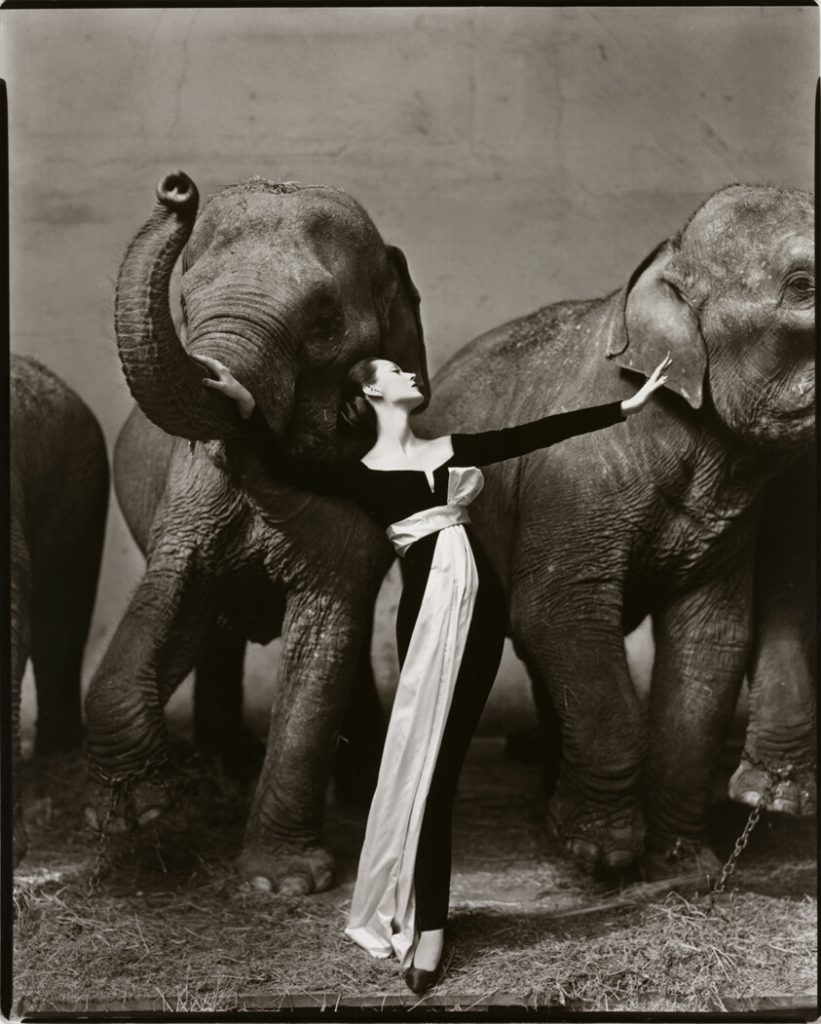
Richard Avedon, Dovima with elephants wearing an evening dress by Dior, Paris, 1955, Art Institute of Chicago, IL, USA.
At the age of 22, Avedon began working as a freelance photographer, primarily for Harper’s Bazaar. Initially denied the use of a studio by the magazine, he photographed models out on the streets. Many of his images from this period were taken in and around Paris, with his models placed in glamorous, stereotypical French environments such as cafés and nightclubs. Avedon took uniquely American energy to France and quickly became well-known for his talent for finding new and innovative ways to photograph fashion.
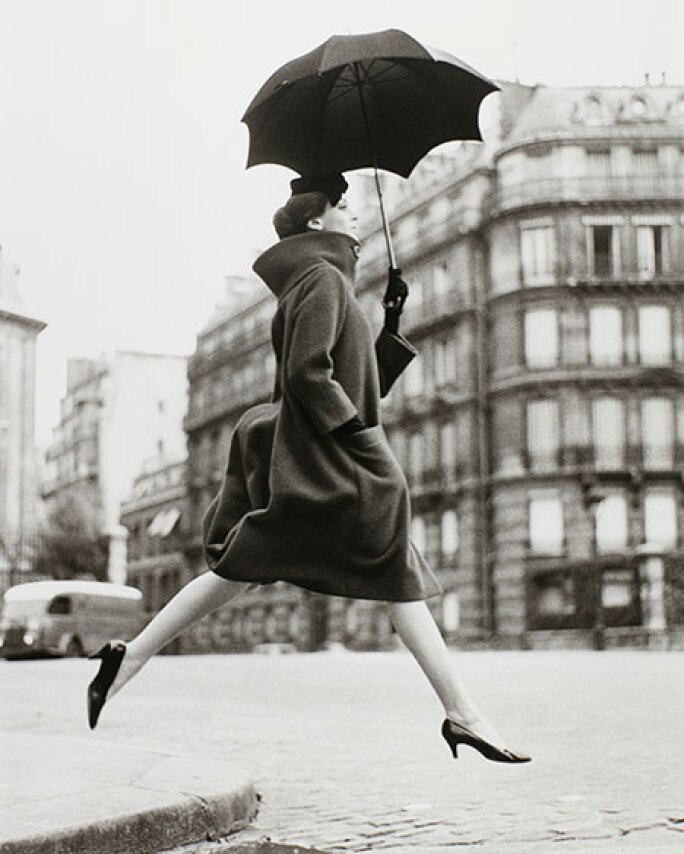
Richard Avedon, A sportive thrill, c. 1957. Sotheby’s.
The contribution that he made to photography, particularly fashion and portraiture, was among the most far-reaching and influential of any of his contemporaries. The elegance, inventiveness, and probing nature of his eye meant that he was in constant demand from the 1940s through to his death in 2004. Equal in stature to his great rival, Irving Penn, Avedon played a key role in developing and defining American visual culture throughout the period.
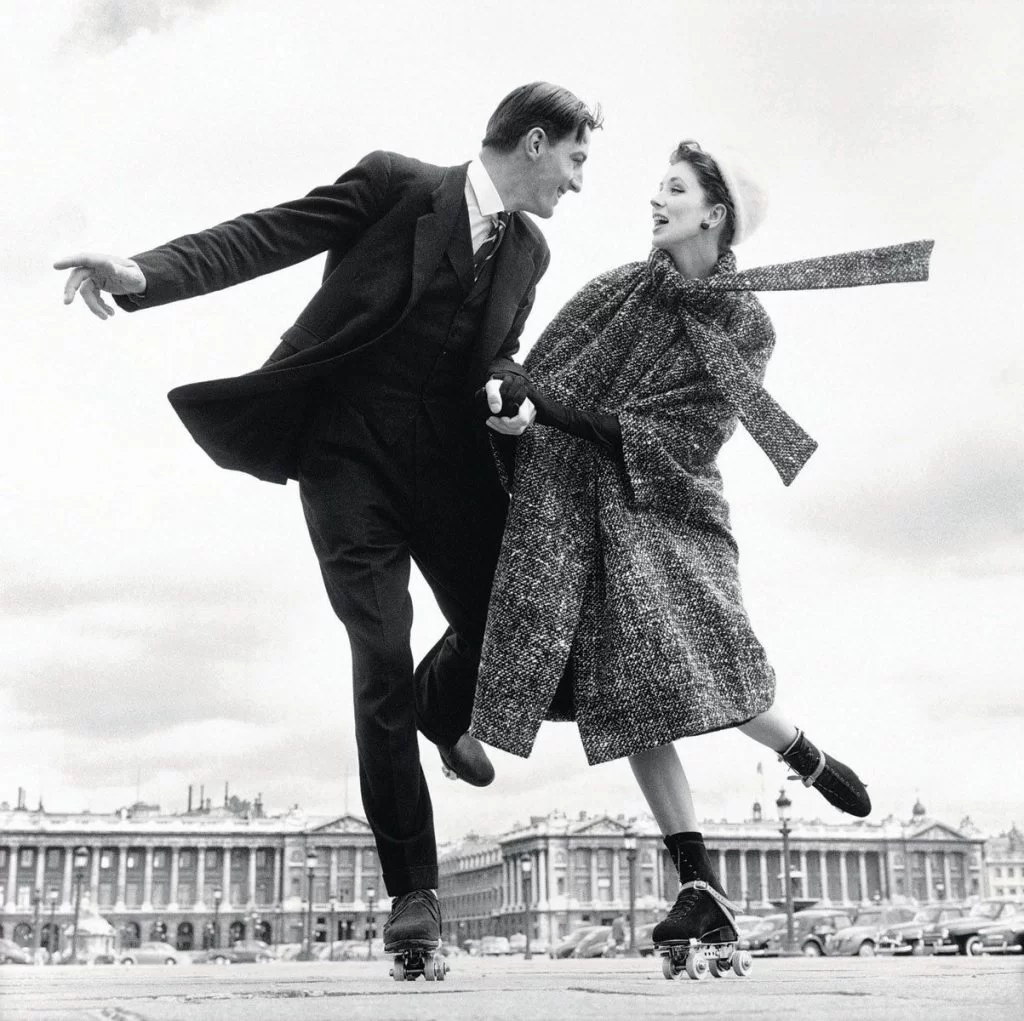
Richard Avedon, Suzy Parker and Robin Tattersall, dress by Dior, Place de la Concorde, Paris, 1956. Artnet.
By 1957, Avedon had become so well-known that Hollywood used him as inspiration for the character, Dick Avery, in the movie Funny Face (1957) featuring Fred Astaire and Audrey Hepburn. Avery was played by Astaire, and the film was about Avedon’s early career.
9. Guy Bourdin
Born in France in 1928, one of the fashion photographers Guy Bourdin was best known for highly experimental photography. Predominantly working in color, Bourdin was a key contributor to French Vogue from 1955 to the end of the 1980s, pushing the boundaries of fashion photography, presenting bold often provocative images with a unique and personal style in which he explored the realms between the absurd and the sublime.
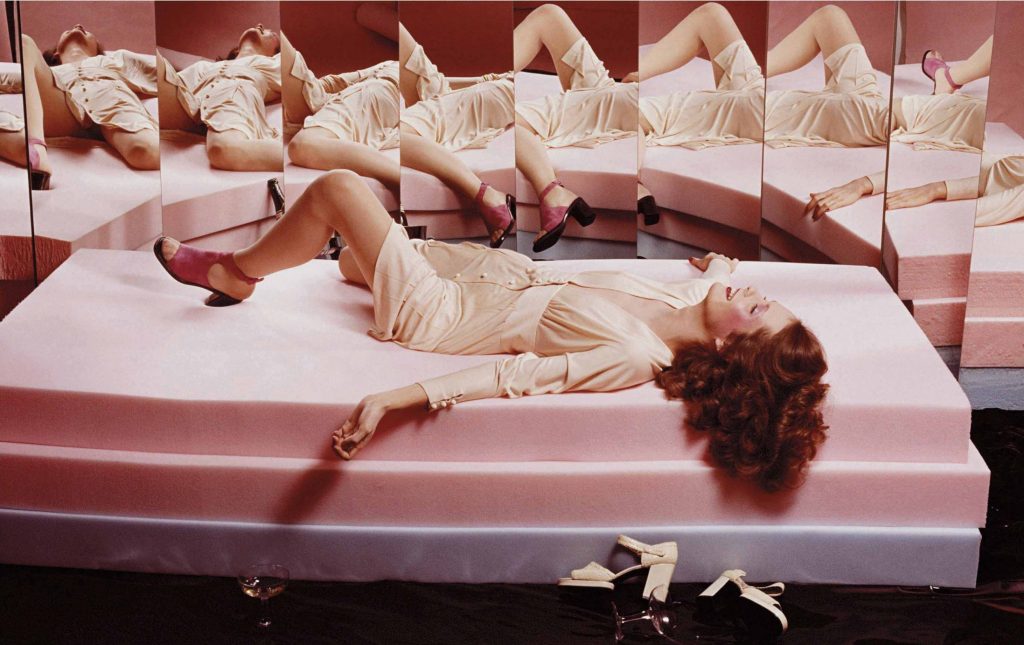
Guy Bourdin for Vogue Paris, 1972. Christie’s.
Originally a painter, he was famed for his suggestive narratives and surreal aesthetics, radically breaking conventions of commercial photography with relentless perfectionism. Bourdin was also a big fan of Alfred Hitchcock’s MacGuffin technique, creating crime scenes through photographs and getting rid of all the usual norms of beauty and morality.
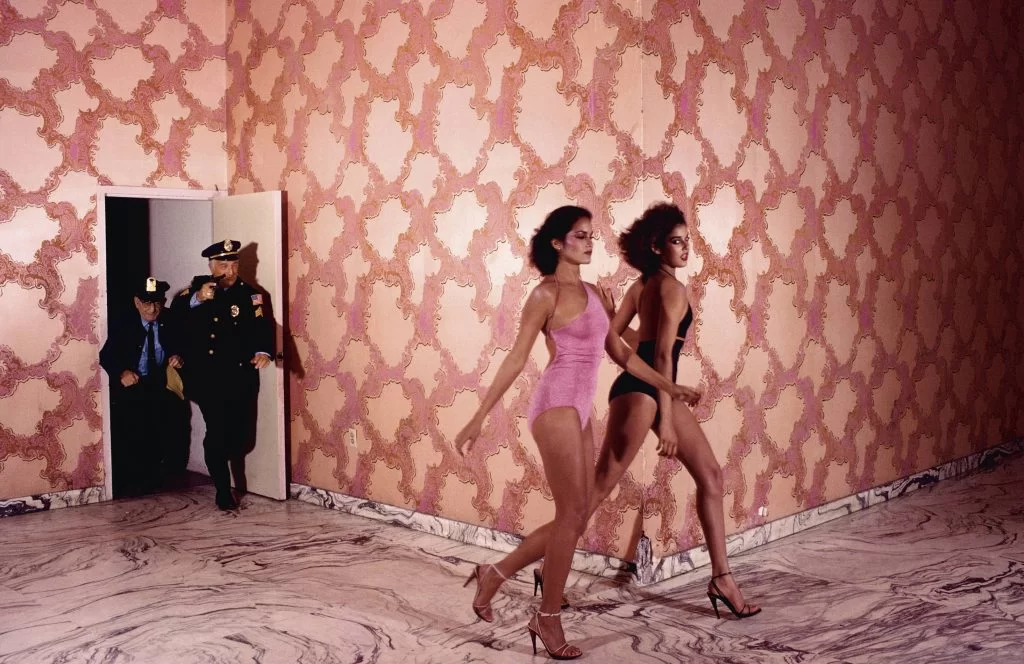
Guy Bourdin for Vogue Paris, 1978. The Guardian.
The Surrealist influence in his work is often attributed to his close relationship with Man Ray, who in 1952, wrote the catalog forward for Bourdin’s first solo exhibition. Bourdin’s career spanned more than 40 years during which he worked for the world’s leading fashion houses and magazines.
10. Helmut Newton
Born to a Jewish family in Berlin in 1920, Helmut Newton received his first camera at 12 years old, often neglecting his studies in school to pursue photography. He fled increasing Nazi oppression in Germany in 1938, shortly after Kristallnacht, and worked in Singapore and Australia during World War II, serving in the Australian army for several years.
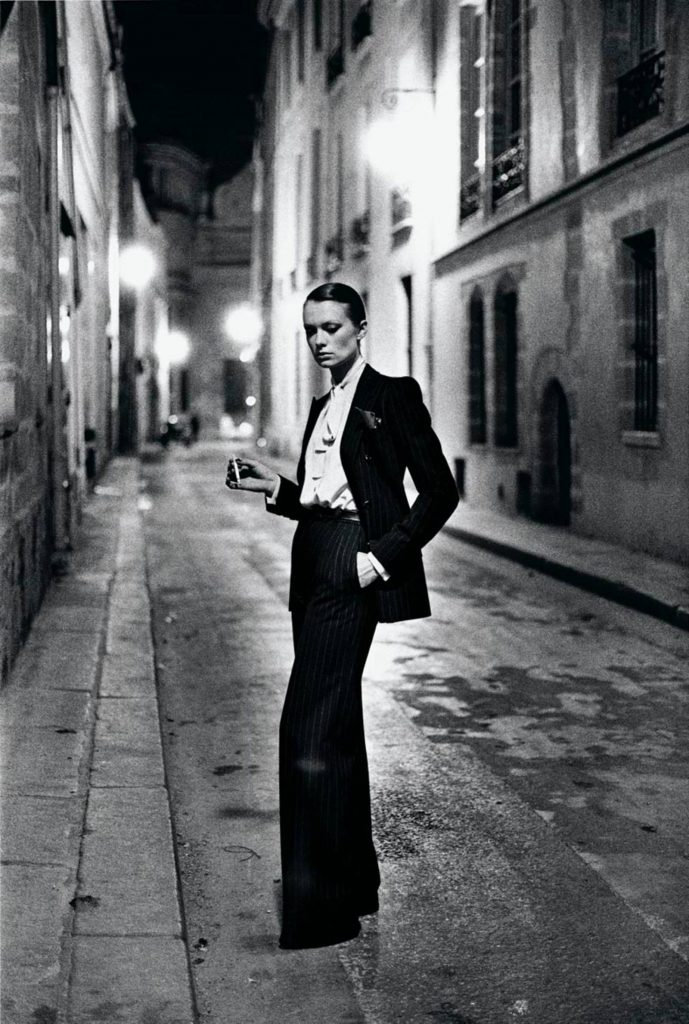
Helmut Newton, Le Smoking, Paris collections, from White Women series, 1975. Vogue.
Later he opened up a photography studio and moved to Europe in the 1950s. In Paris, he began working for French Vogue, and later Playboy, Elle, Harper’s Bazaar, and other publications during the 1950s and 1960s as his reputation grew, traveling frequently around the world on assignments.
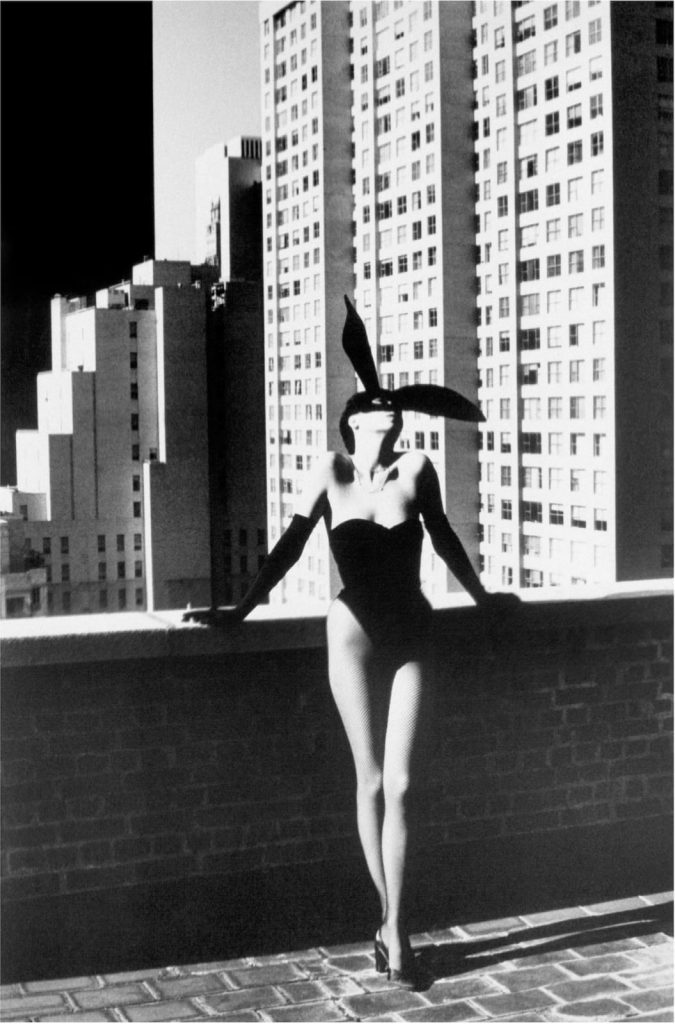
Helmut Newton, Elsa Peretti in Halston Bunny Costume, New York, 1975. Barbagallo Art.
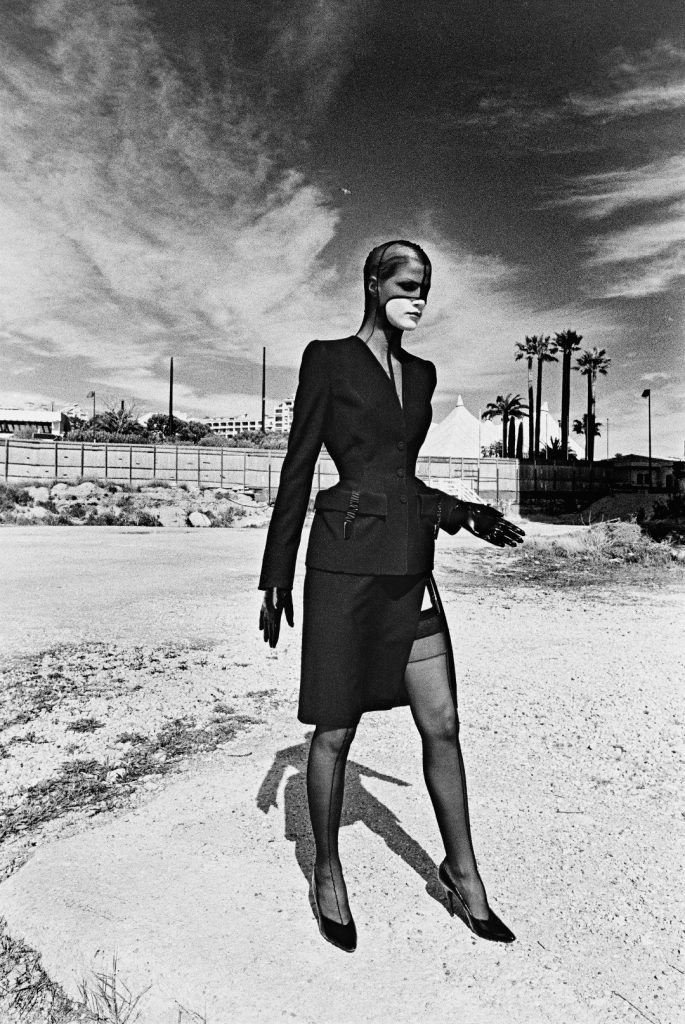
Helmut Newton, Thierry Mugler, Monte Carlo, 1998. Phaidon.
Known for the dramatic lighting and the unconventional poses of his models in his photographs, Newton’s work has been characterized as obsessive and subversive, incorporating themes of sadomasochism, prostitution, violence, and persistently overt sexuality into the narratives of his images which depicted models as feminine or masculine, or a blurring of the two.
He first achieved international fame in the 1970s while working principally for French Vogue, and his celebrity and influence grew over the decades. He preferred to shoot in streets or interiors, rather than in studios, capturing models in controversial scenarios. Bold lighting and striking compositions came to form his signature look.
11. David Bailey
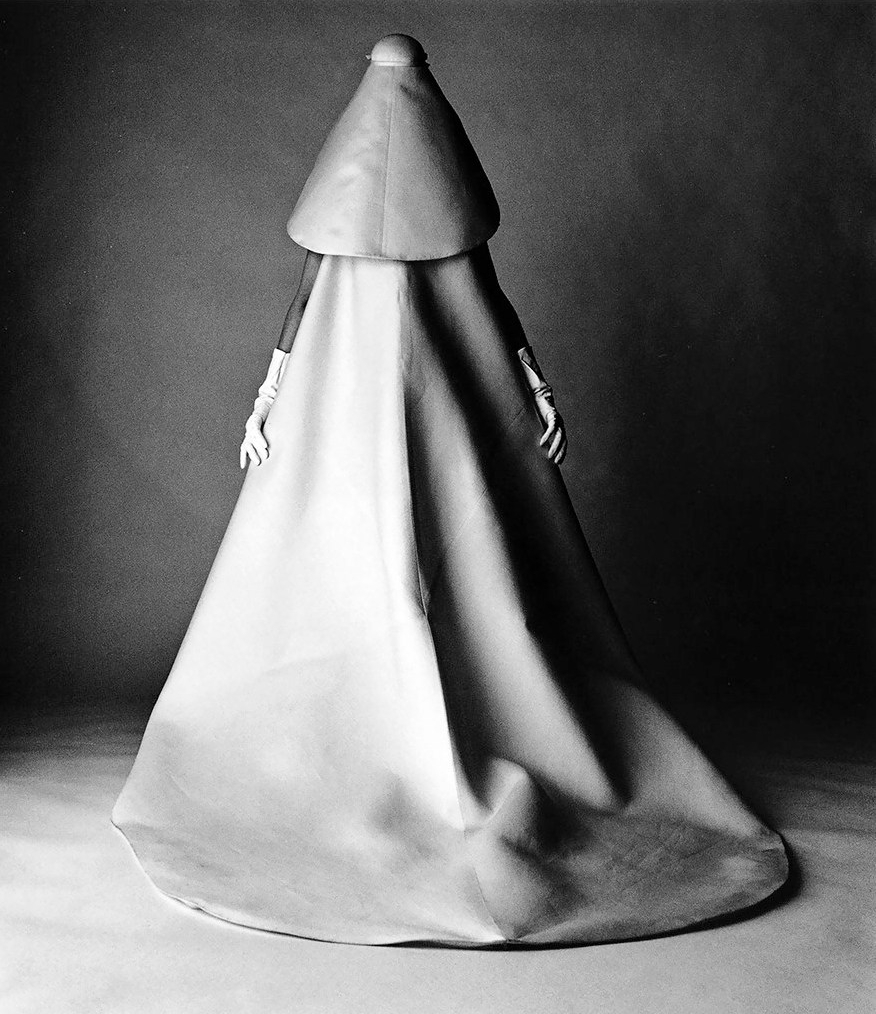
David Bailey, Model in a Balenciaga Wedding Dress, Vogue, 1967. From the By Gone.
Considered one of the pioneers of contemporary photography, the fashion photographer David Bailey is credited with capturing some of the most compelling images of the last five decades. While serving in the Royal Air Force, Bailey developed an interest in the photography of Henri Cartier-Bresson and his first official foray into the world of fashion photography was his appointment to British Vogue in 1960. He remained associated with the magazine first on staff, then as a freelancer for over 15 years. His use of stark black-and-white backgrounds, closely cropped shots, and sharp lighting led to a new era of fashion photography.
Over the course of the 1960s and 70s, the artist gained attention from the press after a string of high-profile marriages to Jean Shrimpton, Catherine Deneuve, and Marie Helvin.
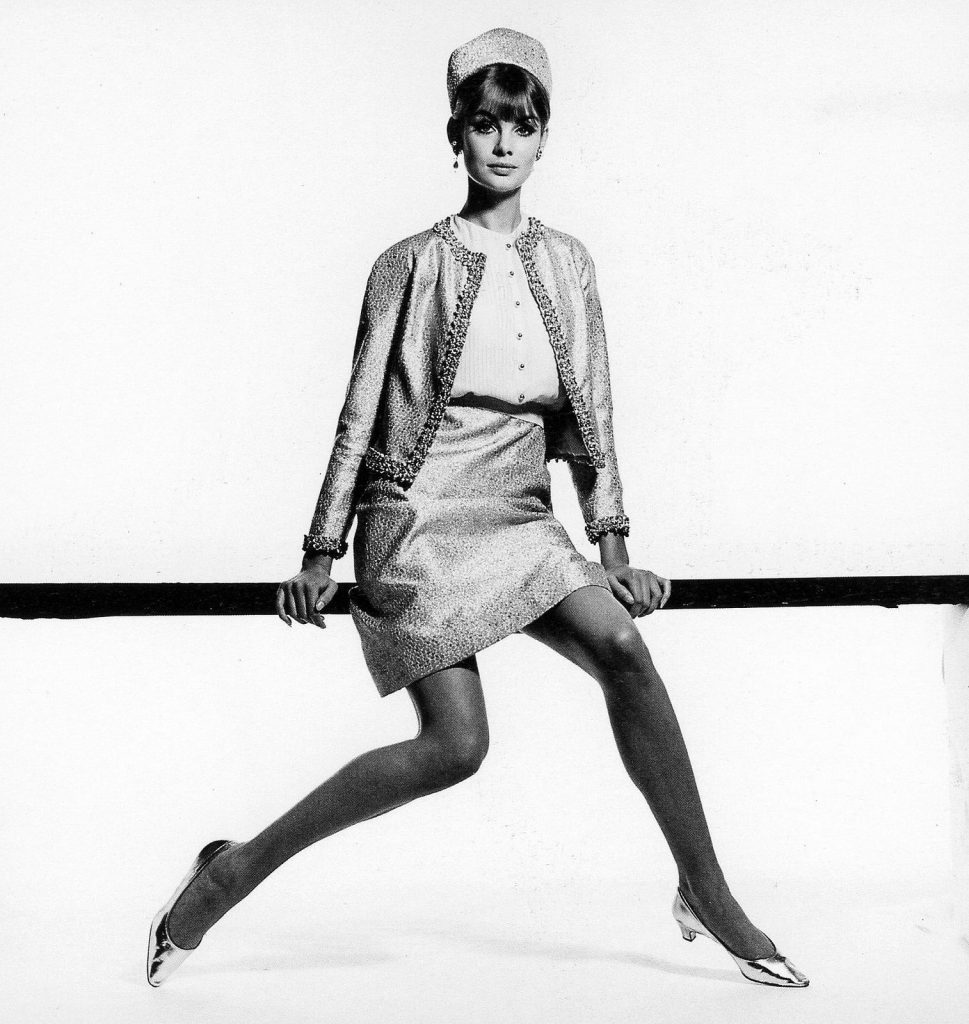
David Bailey, Jean Shrimpton, Vogue, 1965. Pinterest.
It takes a lot of imagination to be a good photographer. You need less imagination to be a painter because you can invent things. But in photography everything is so ordinary; it takes a lot of looking before you learn to see the extraordinary.
interview for The Face Magazine, 1984.
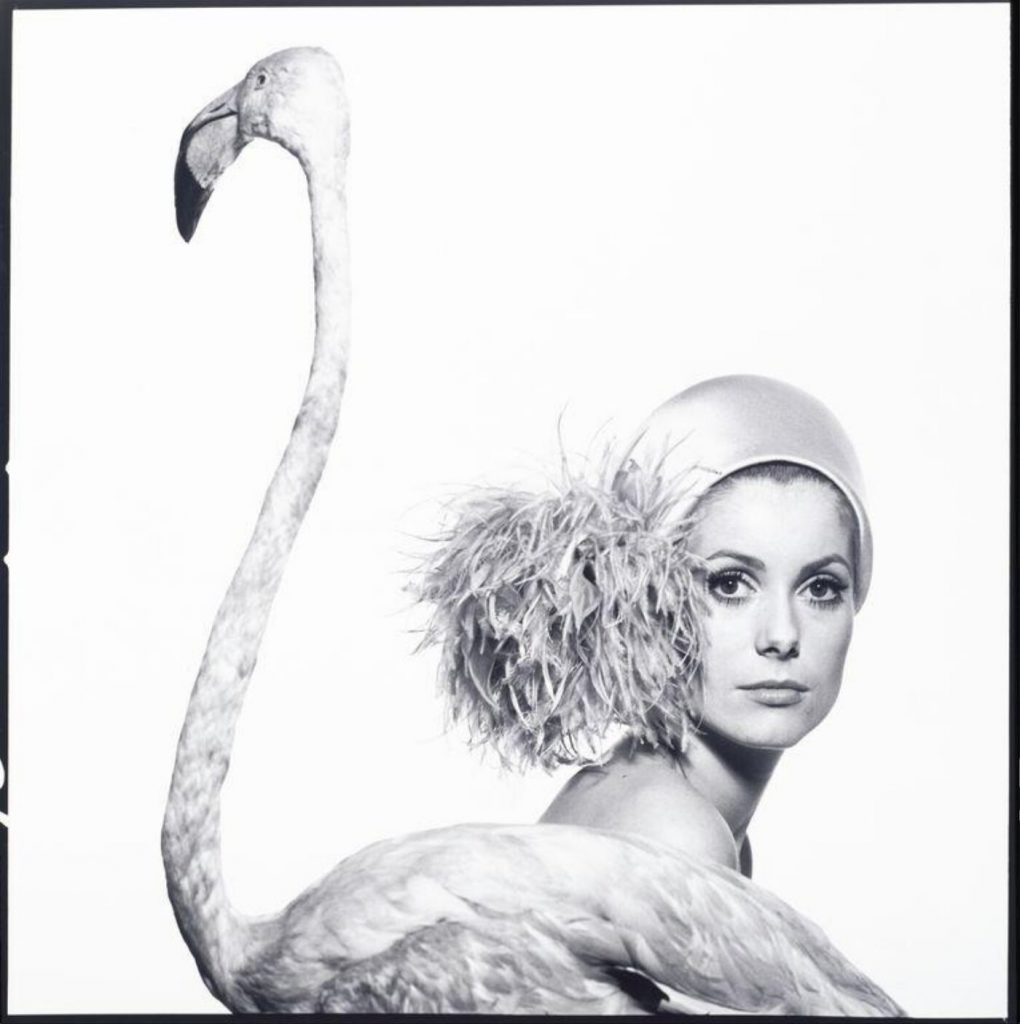
David Bailey, Catherine Deneuve, Vogue, 1968, Victoria and Albert Museum, London, UK.
An interesting fact is that the movie Blowup (1966), directed by Michelangelo Antonioni, depicts the life of a London fashion photographer played by David Hemmings whose character was inspired by Bailey.
12. Steven Meisel
Known for his visionary, striking, and provocative fashion visuals, Steven Meisel went on to collaborate with some of the greatest names in fashion before becoming the exclusive photographer to shoot the covers of Italian Vogue since 1988. His photographs stand out for the way he communicates his love of feminine beauty and the sensuality that radiates from them.
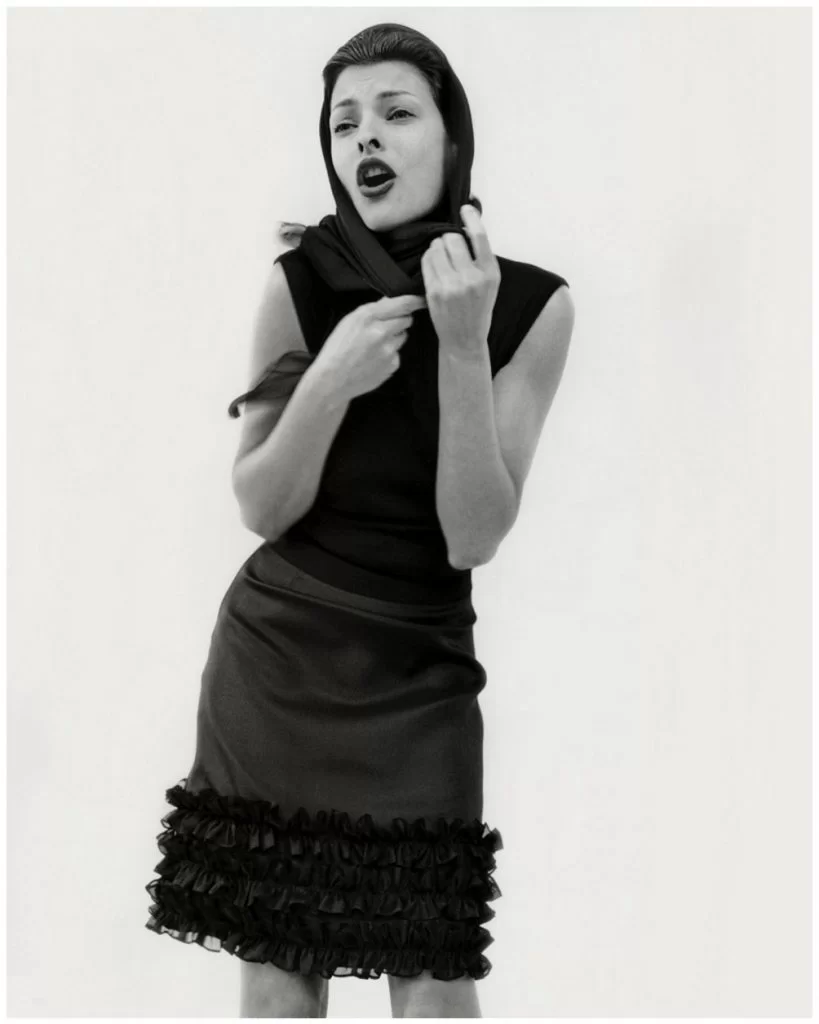
Steven Meisel, Linda Evangelista, Vogue Italia, 1995. Pinterest.
Working mostly for both the Italian and American versions of Vogue, Meisel discovered and popularized a number of influential supermodels, makeup artists, and designers, including such names as Ross Van Der Heide, Naomi Campbell, François Nars, Christy Turlington, Laura Mercier, and Linda Evangelista. It should also be noted that Meisel’s work with Madonna is one of the brightest moments of this photographer’s career.
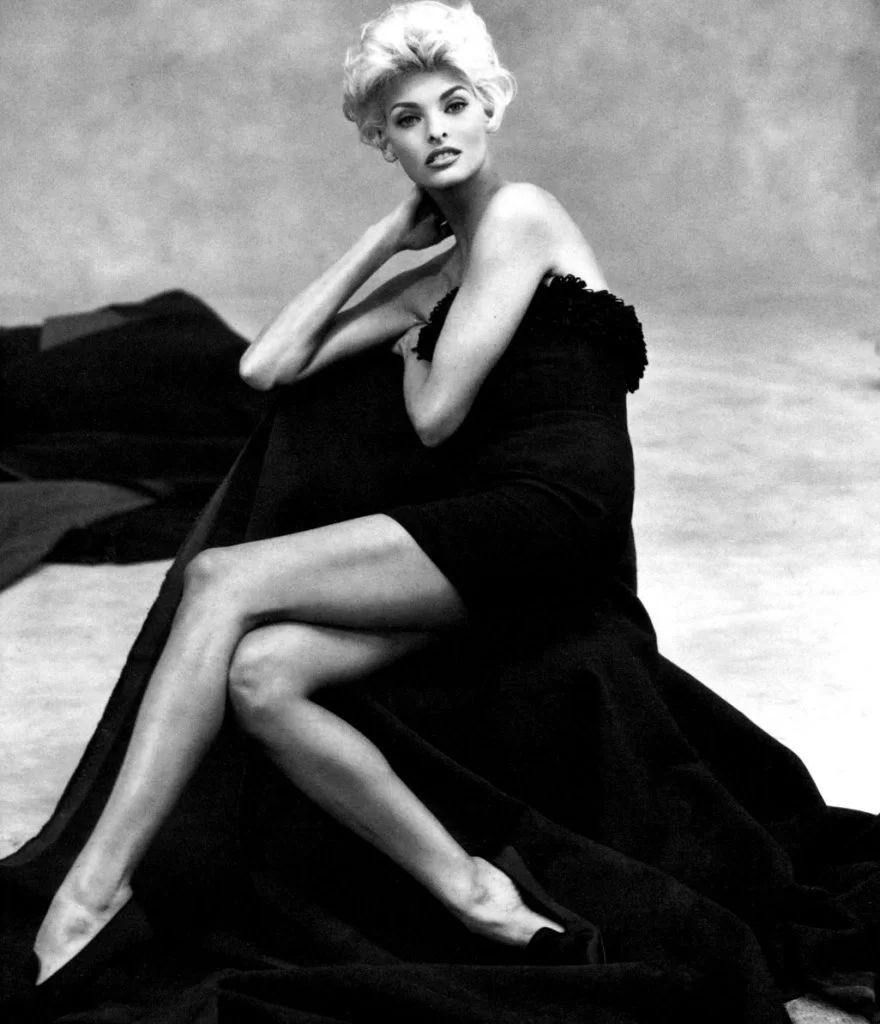
Steven Meisel, Linda Evangelista, Vogue, 1991. 3oneseven.
Ever since an early age, he was fascinated with beauty and models, as reflected by his tireless hobby of drawing women in a notebook which pretty much substituted all toys in his childhood. He used magazines like Vogue and Harper’s Bazaar as sources of inspiration for his drawings. Through these publications, Steven became obsessed with models such as Twiggy, Veruschka, and Jean Shrimpton.
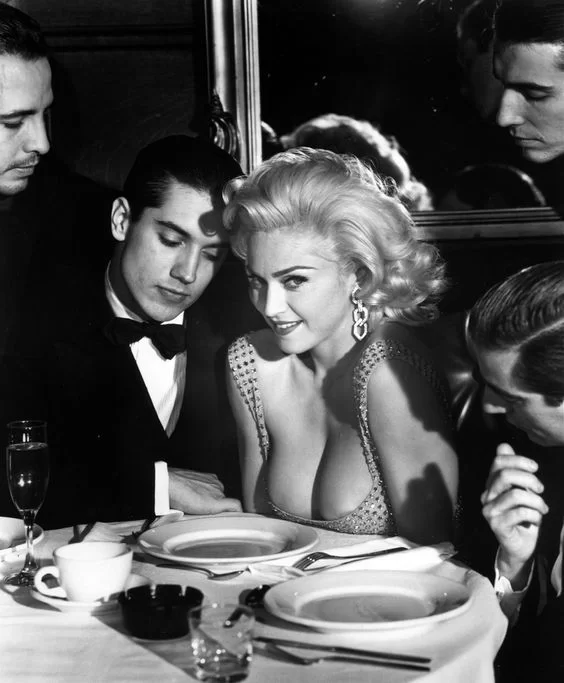
When he was 12 years old, Meisel asked some older girlfriends to call model agencies and to pretend that they are the secretaries of Richard Avedon in order to set up a meeting with some famous models. This way, Meisel met Twiggy as he was waiting for her to arrive at a false meeting outside Melvin Sokolsky’s studio.
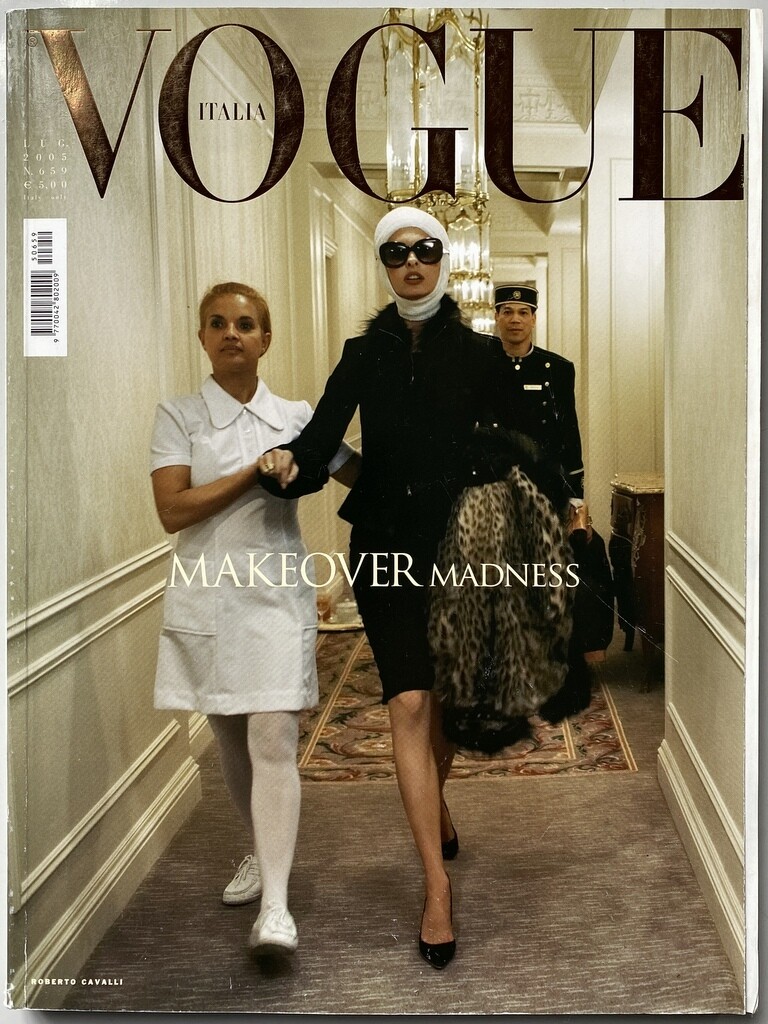
Steve Meisel, Makeover Madness series with Linda Evangelista, Vogue Italia, 2005. Idea Books.
13. Patrick Demarchelier
Vogue‘s editor-in-chief Anna Wintour has described his work as “timelessly classic.” Patrick Demarchelier is a world-renowned French fashion photographer responsible for countless iconic images created for publications such as Vogue and Harper’s Bazaar. He is perhaps best known for his intimate portraits of Princess Diana which helped establish her popularity and accessible public image.
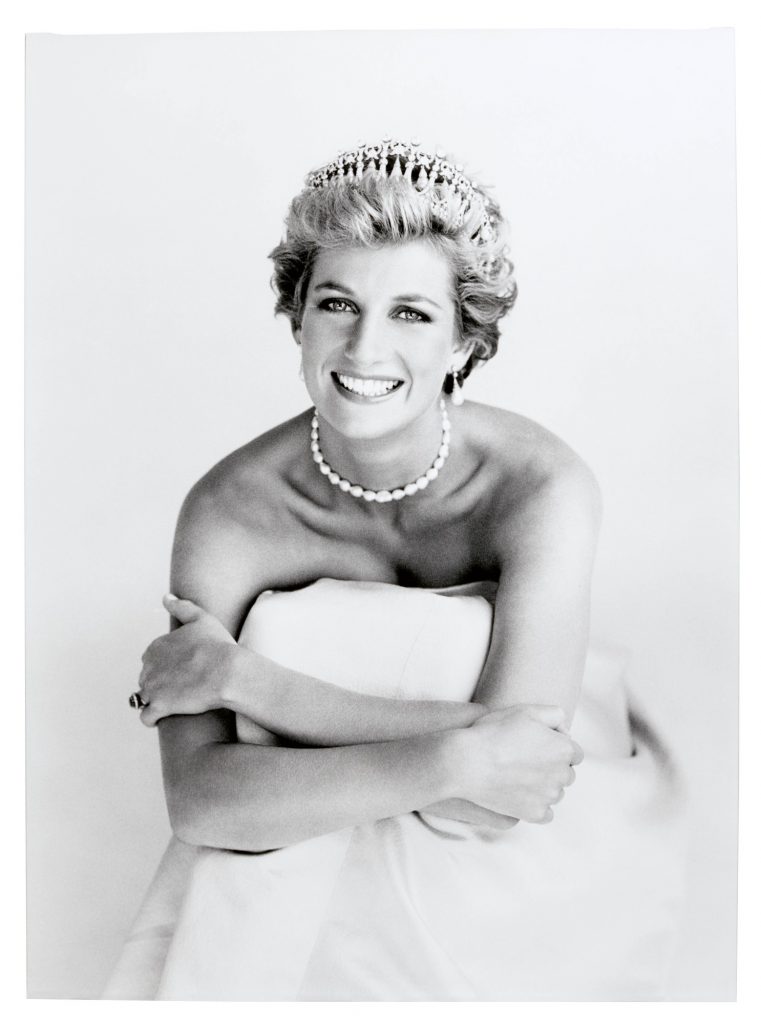
Patrick Demarchelier, Princess Diana, London, 1990. Sotheby’s.
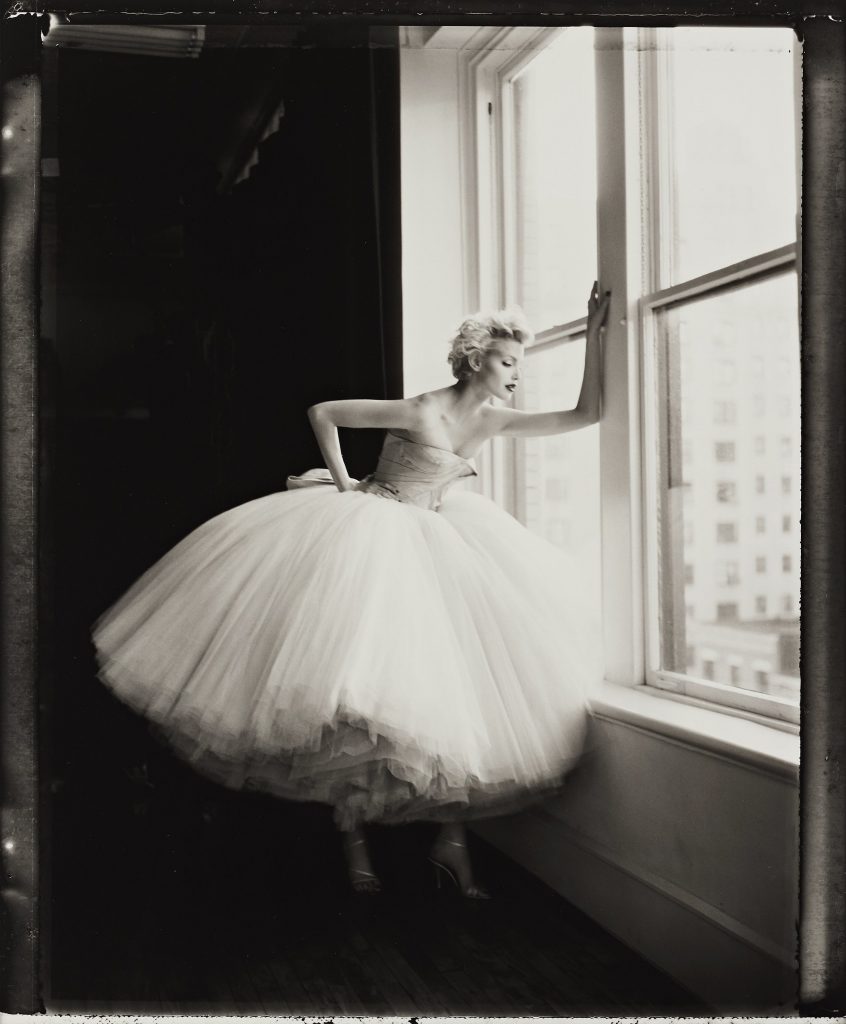
Patrick Demarchelier, Nadja Auermann, New York, Vogue, 1995. Bukowskis.
In 1975, he moved to New York and began working for the photographers Henri Cartier-Bresson and Jacques Guilbert, later gaining employment within Harper’s Bazaar in 1992, subsequently becoming the magazine’s principal photographer.
He has shot campaigns for Dior, Louis Vuitton, Chanel, Yves Saint Laurent, Calvin Klein, Ralph Lauren, and others, with his images appearing regularly on the covers of major fashion magazines.
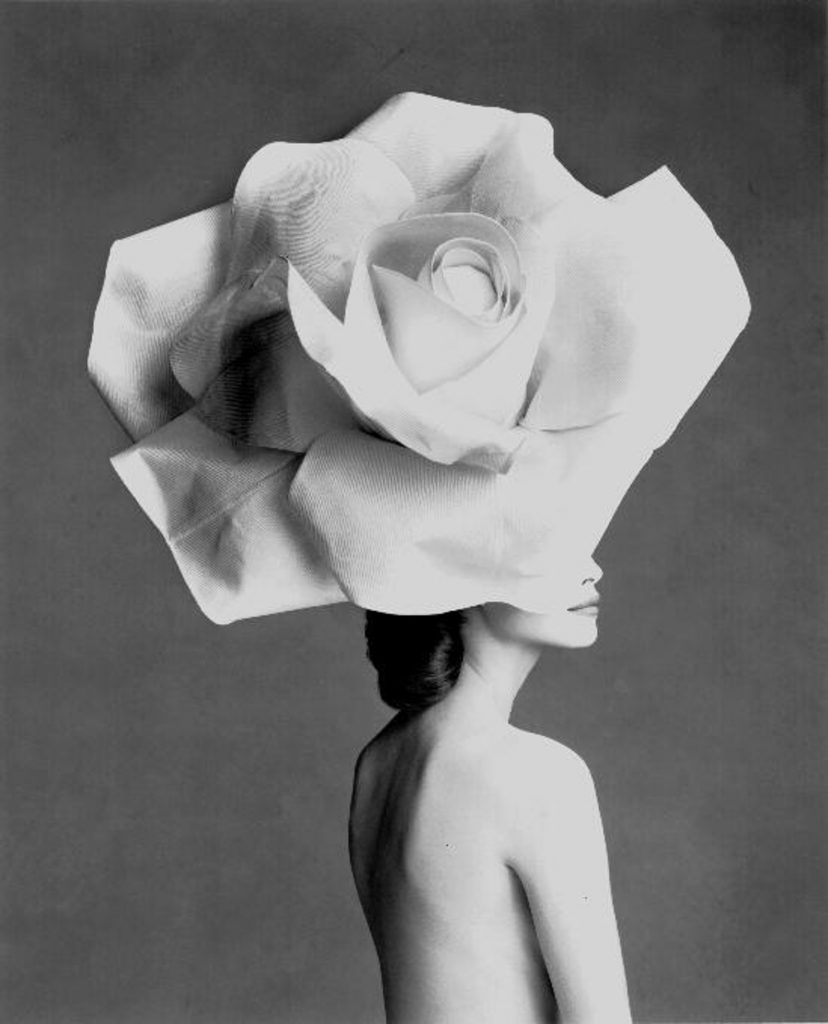
Patrick Demarchelier, Christy, New York, 1990. Space Gallery.
14. Peter Lindbergh
Peter Lindbergh photographed exclusively in black and white. He refused excessive retouching in post-production, preferring the natural beauty of women. Thanks to that he is known for the unparalleled natural feeling of his photographs.
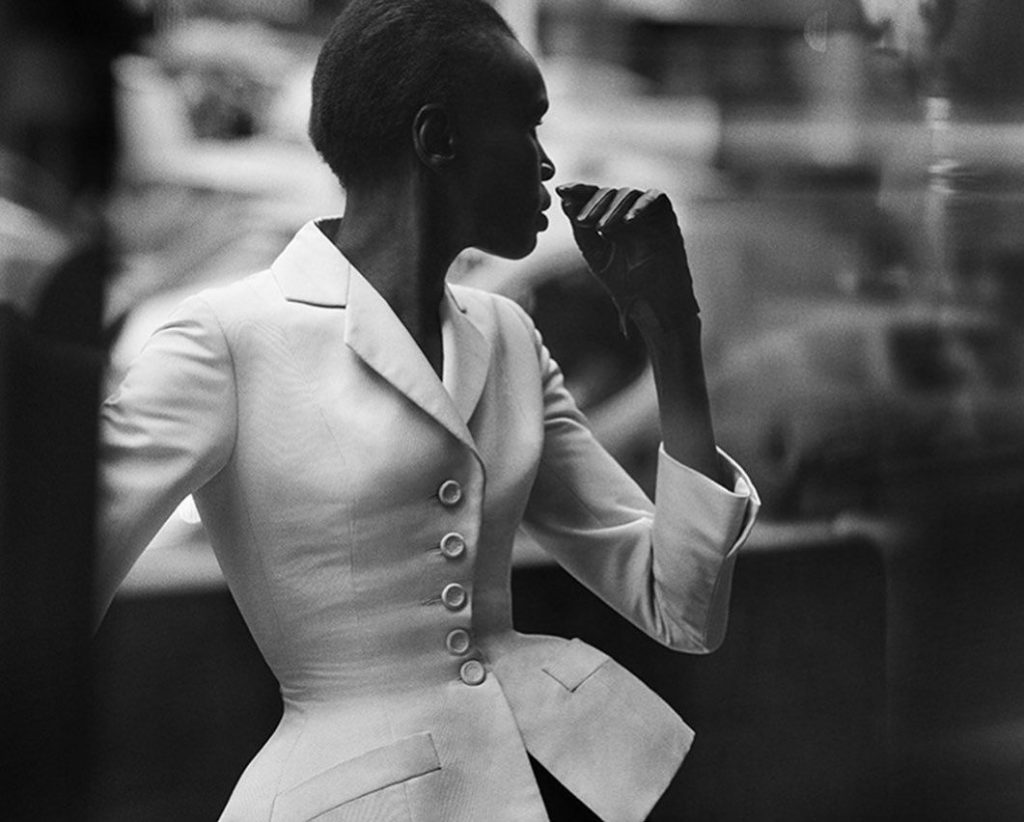
Peter Lindbergh, Alek Wek wearing a Dior “Bar jacket”, New York, 2018. Pinterest.
He was the first photographer to be asked three times to make the Pirelli calendar and the first to shoot a cover for American Vogue under Anna Wintour. These extraordinary feats make him an important figure in the fashion and celebrity scenes.
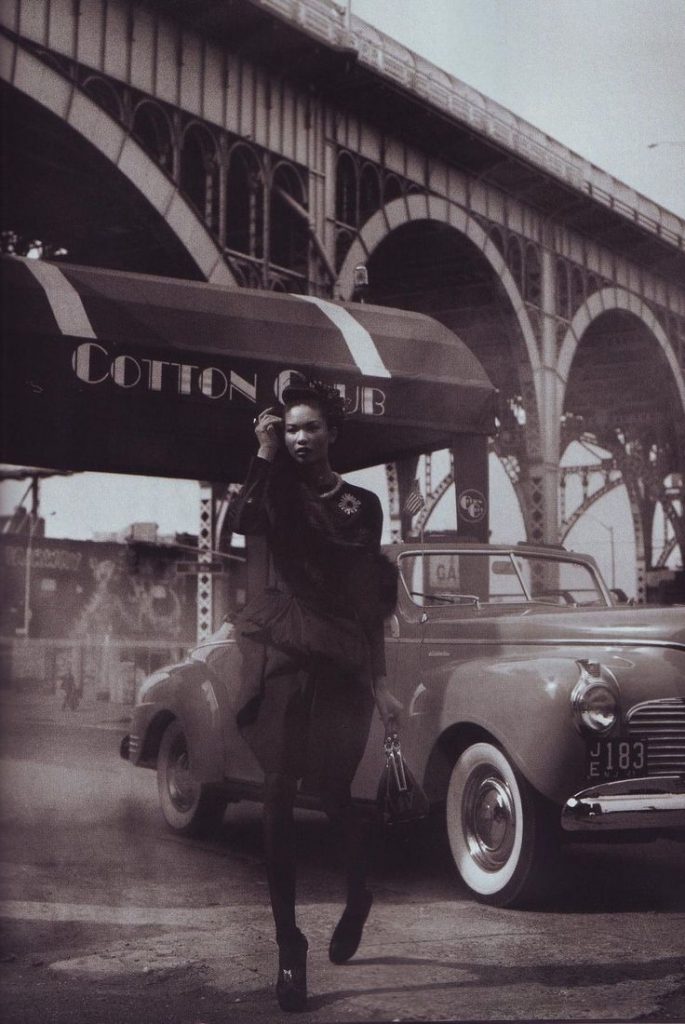
Peter Lindbergh, Chanel Iman, Harper’s Bazaar, 2009. Pinterest.
Lindbergh was behind the lens of some of fashion’s most legendary imagery. His vision redefined fashion photography as a whole, highlighting natural beauty through his raw portraits and forgoing heavy airbrushing.
15. Mario Testino
The Peruvian fashion photographer Mario Testino is known for his advertising campaigns for Gucci and Dolce & Gabbana as well as his Vanity Fair cover photos of Princess Diana.
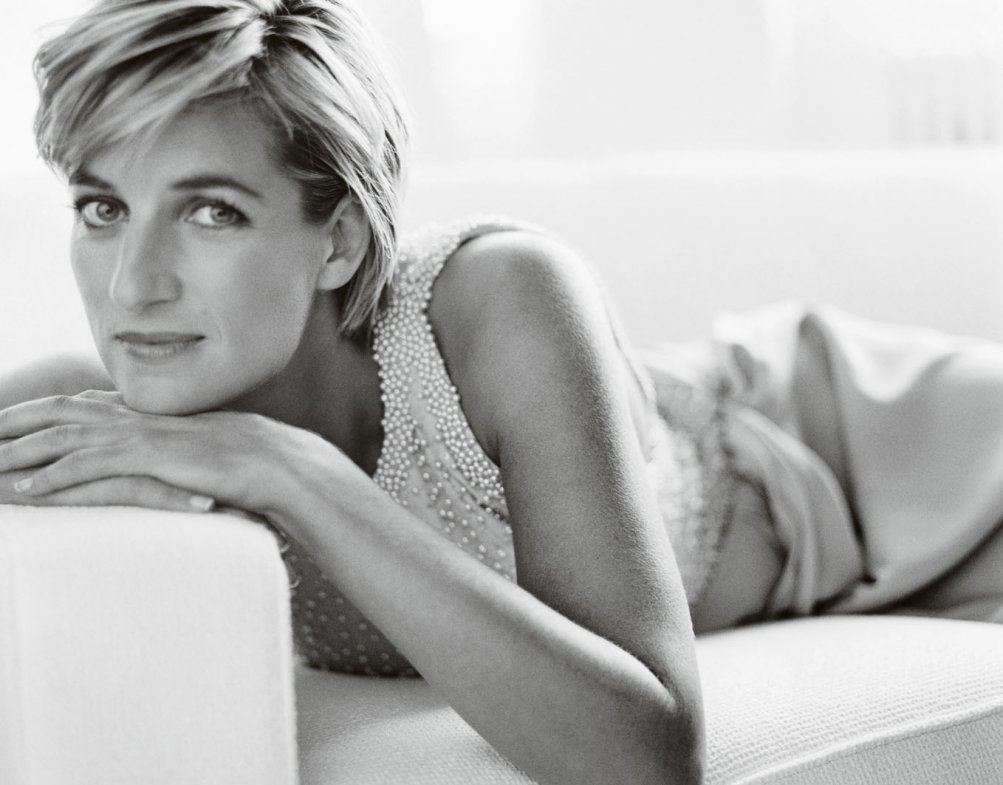
Mario Testino, Diana, Princess of Wales, 1997, National Portrait Gallery, London, UK.
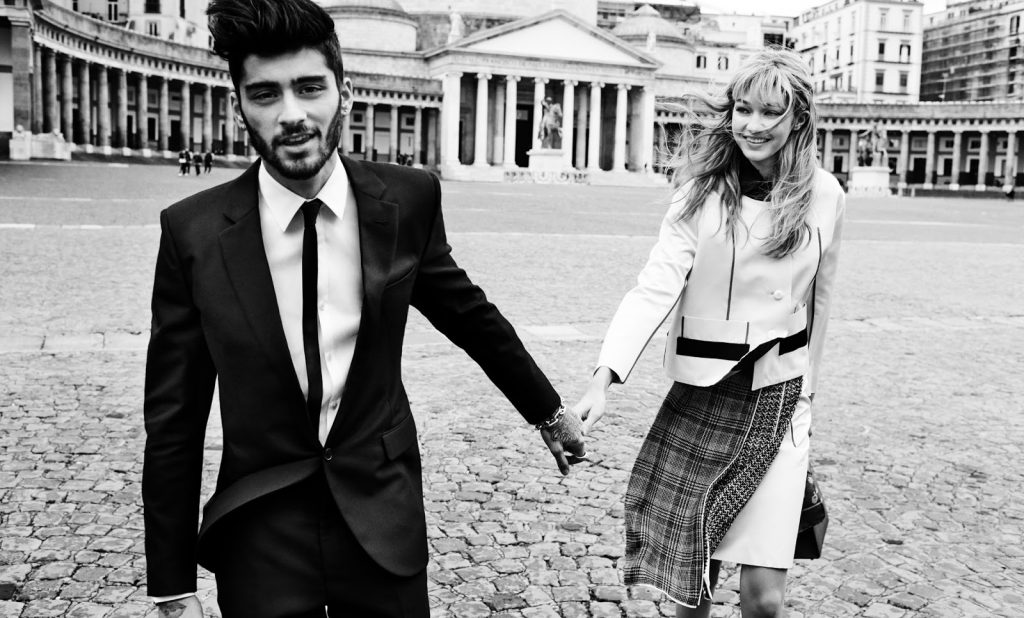
Mario Testino, Zayn Malik and Gigi Hadid, Naples, Italy, Vogue, May 2016. Fashiontography.
He began his relationship with photography by settling in an abandoned hospital near Trafalgar Square in London. At that time, he was offering to help budding models with their portfolios for just a few pounds. His particularly keen photographic eye and the way he portrayed the models and their beauty quickly attracted the attention of creators of magazines. Now considered one of the greats, he is particularly known for the nonchalance and naturalness that emanate from his images.
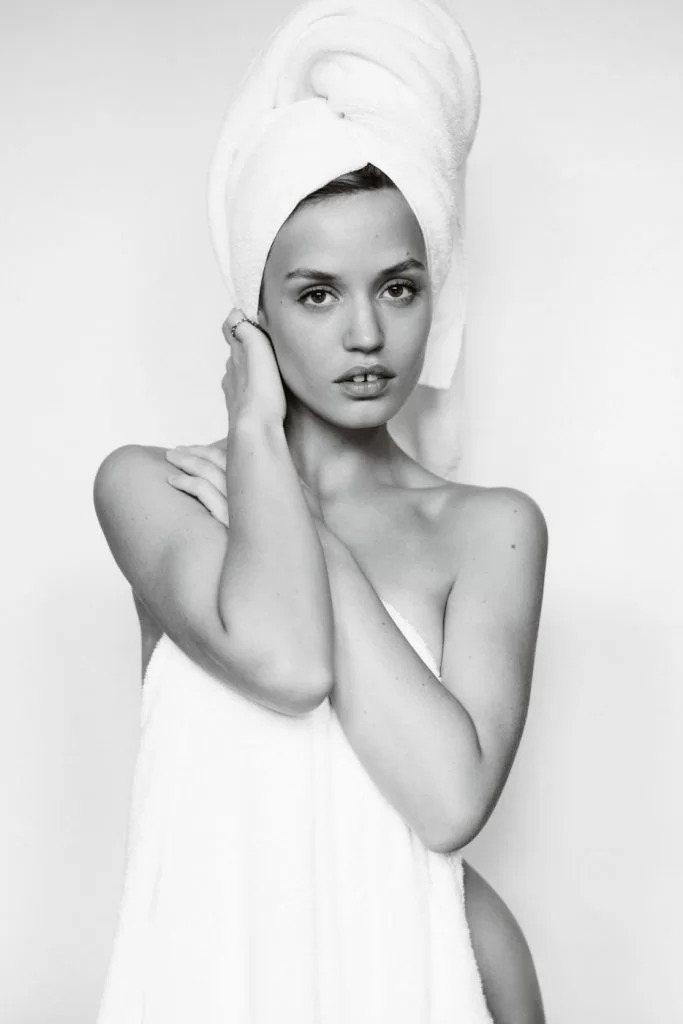
Mario Testino, Georgia May Jagger, Towel Series 64, 2015. Artist’s website.
One of his most iconic photographic series is the so-called Towel Series which began when he noticed Kate Moss sitting in a white robe with a towel wrapped high around her head on the set of a shoot. The ongoing series, published on Testino’s Instagram, has grown to become a liberating lens:
I think girls and guys feel this freedom at being able to express themselves because there is no predetermined way of how they should put the towel on. You can do anything you want… Wear it however you want.
